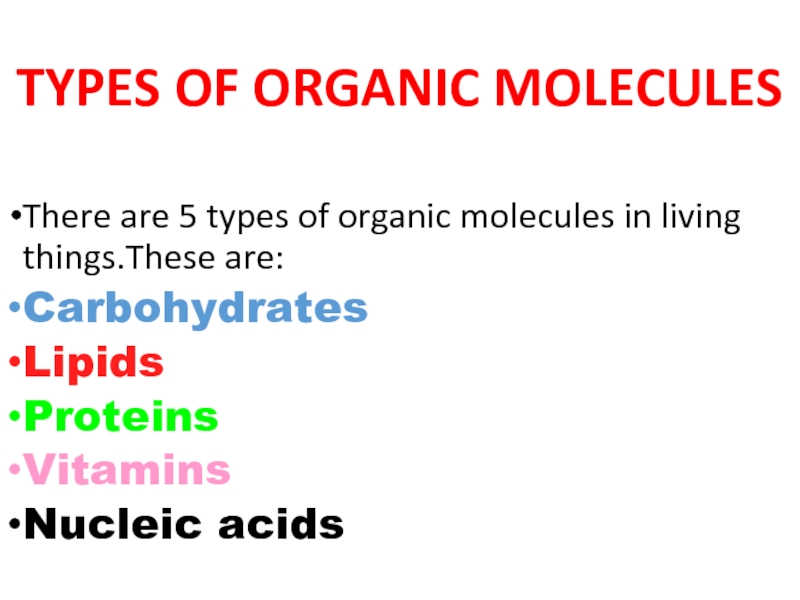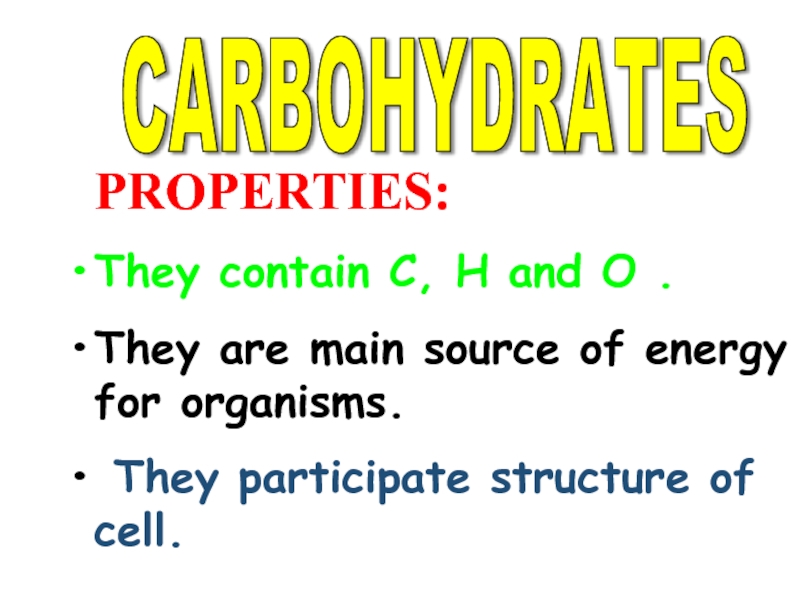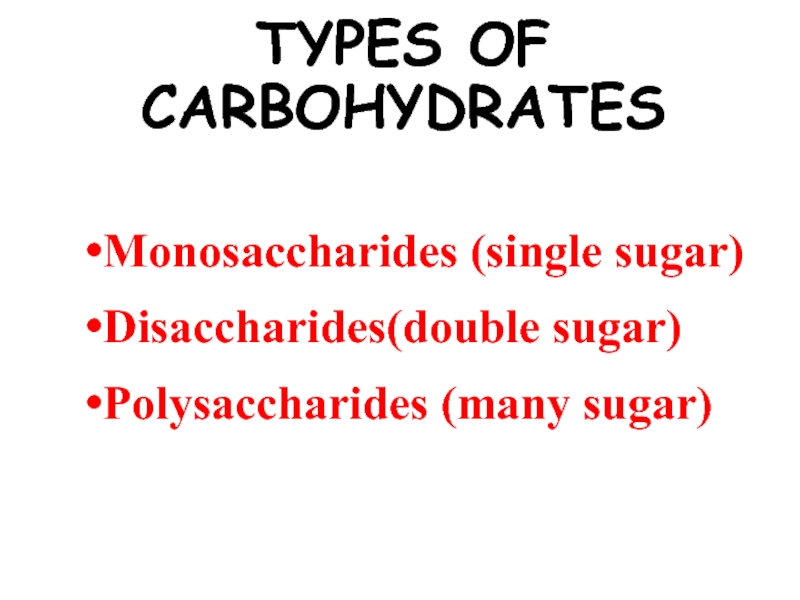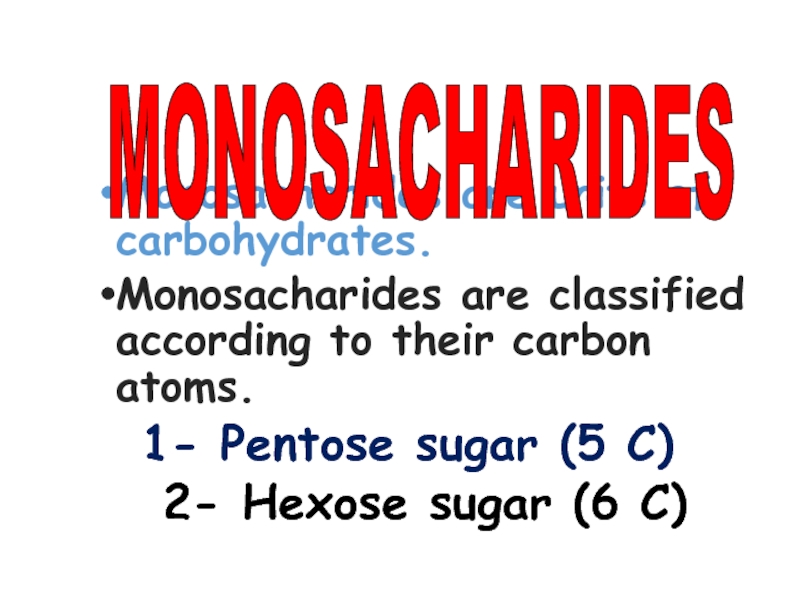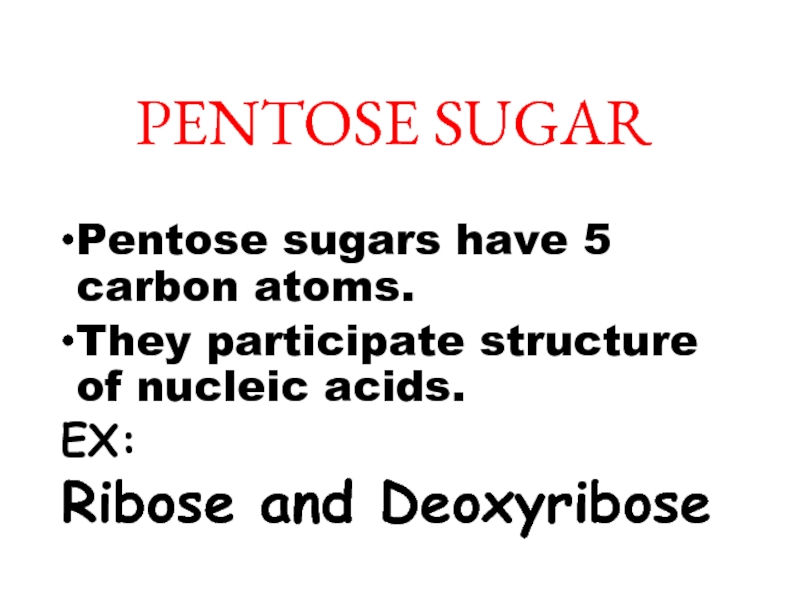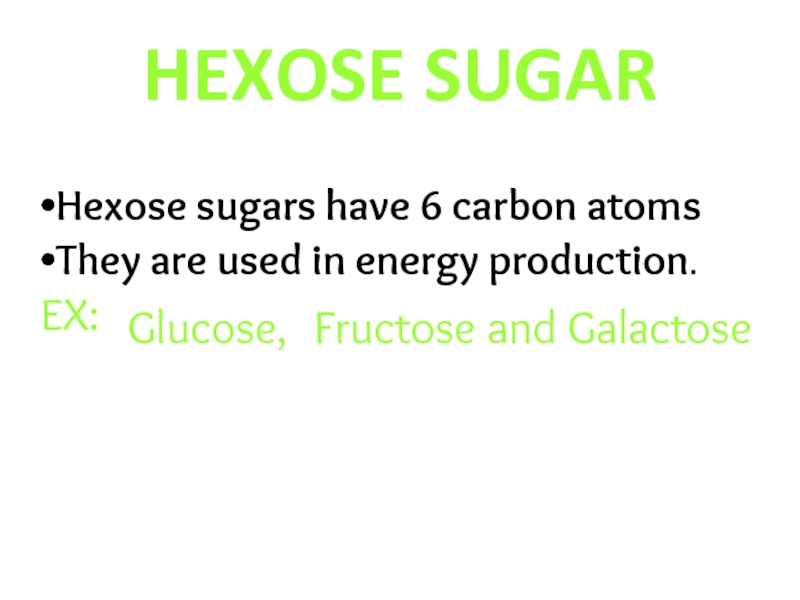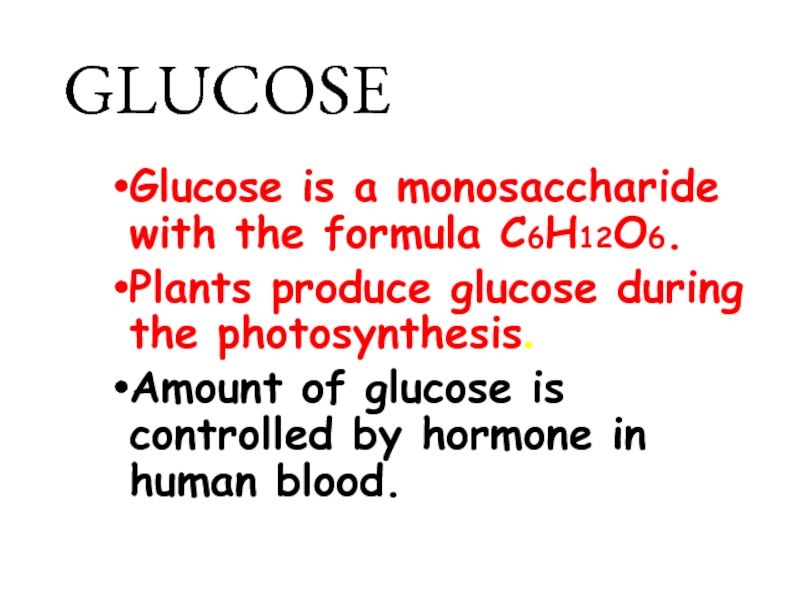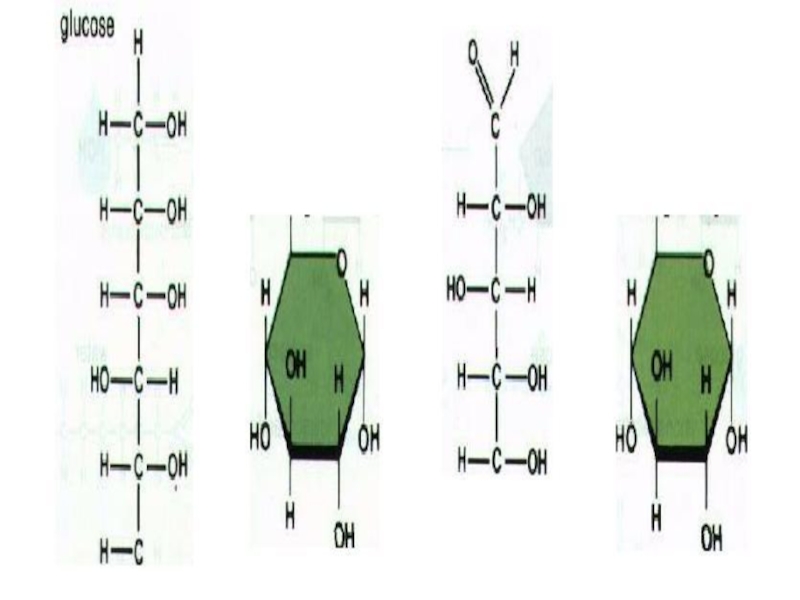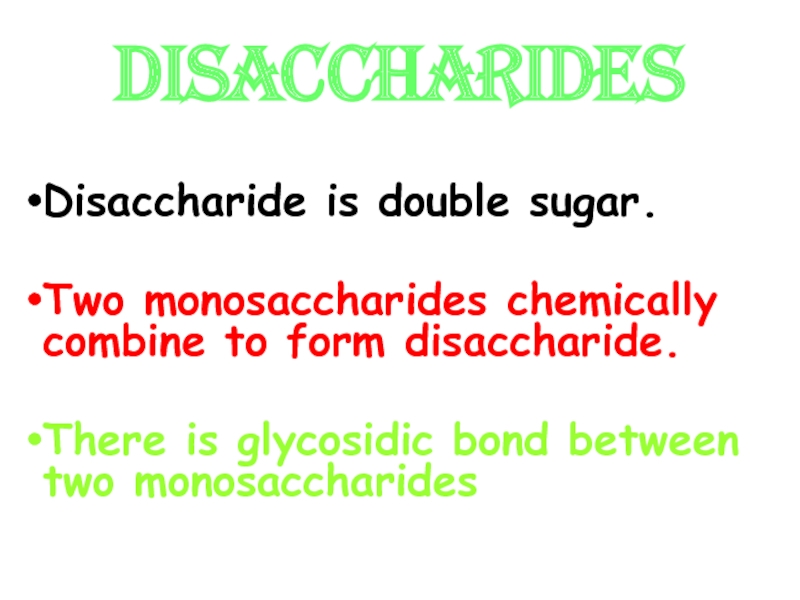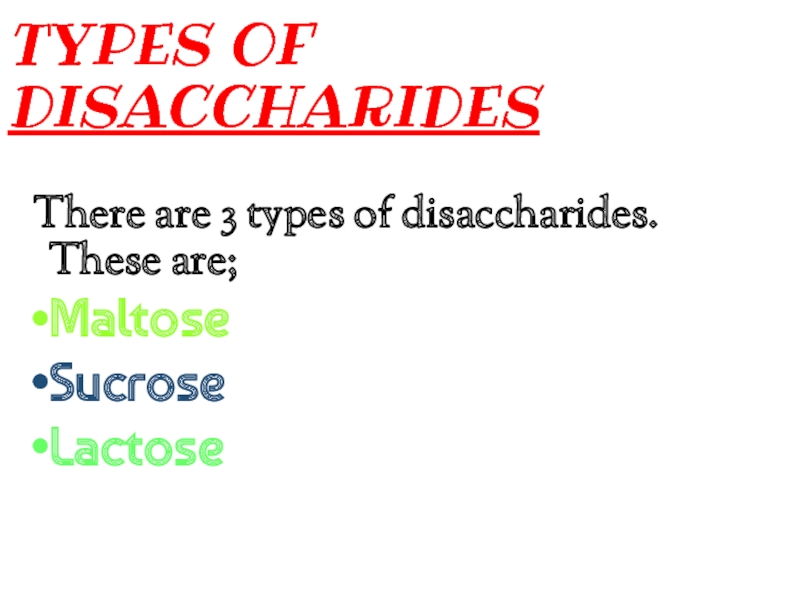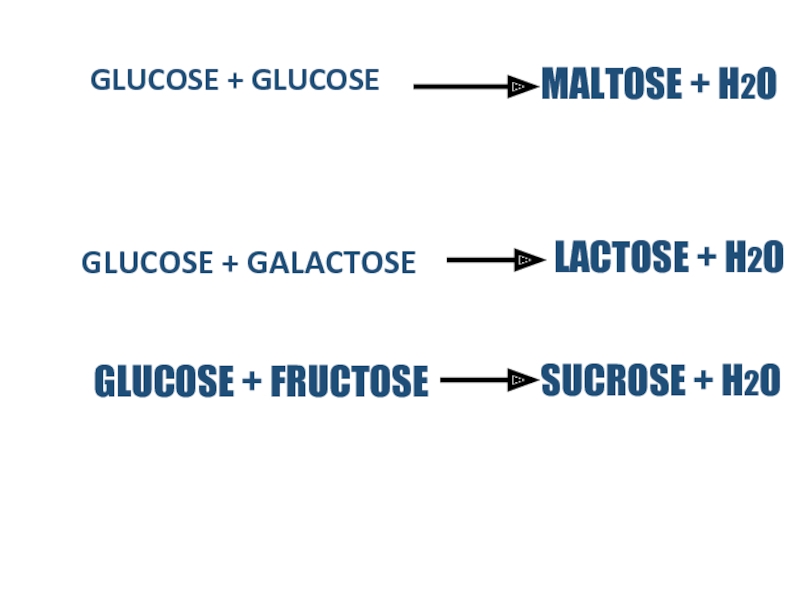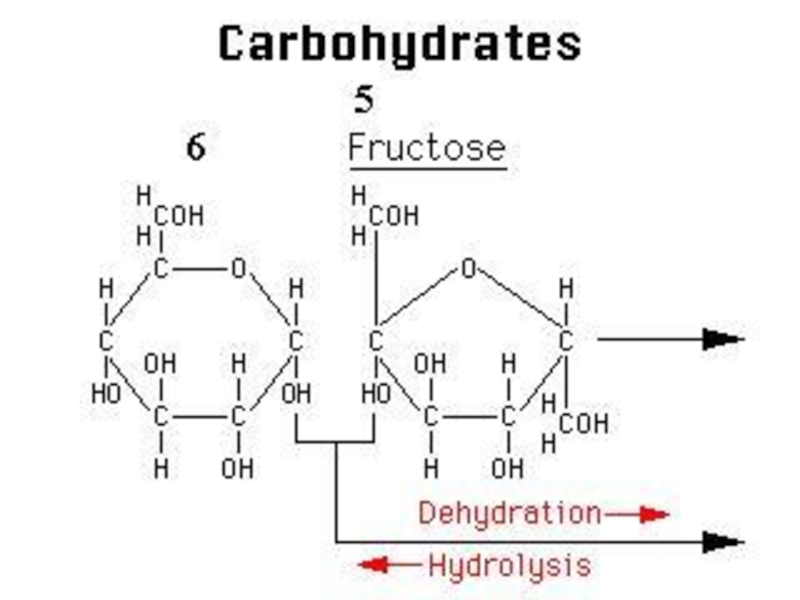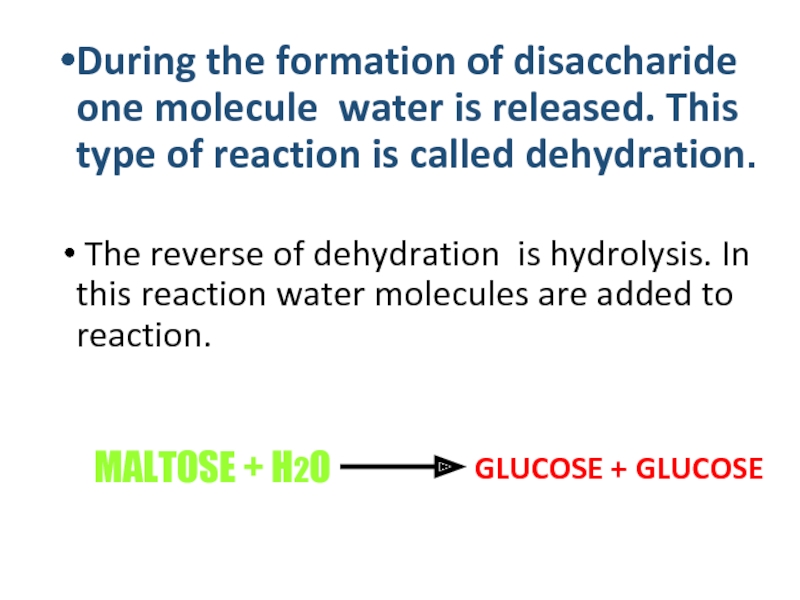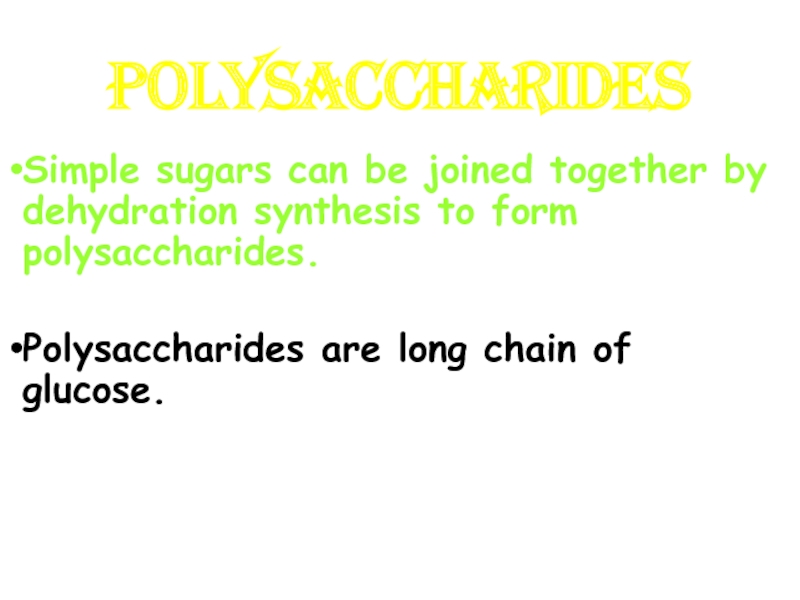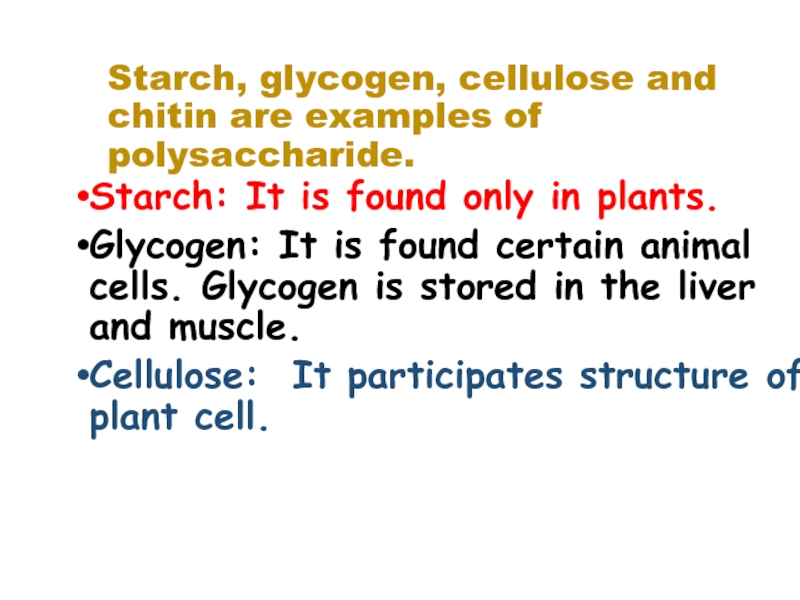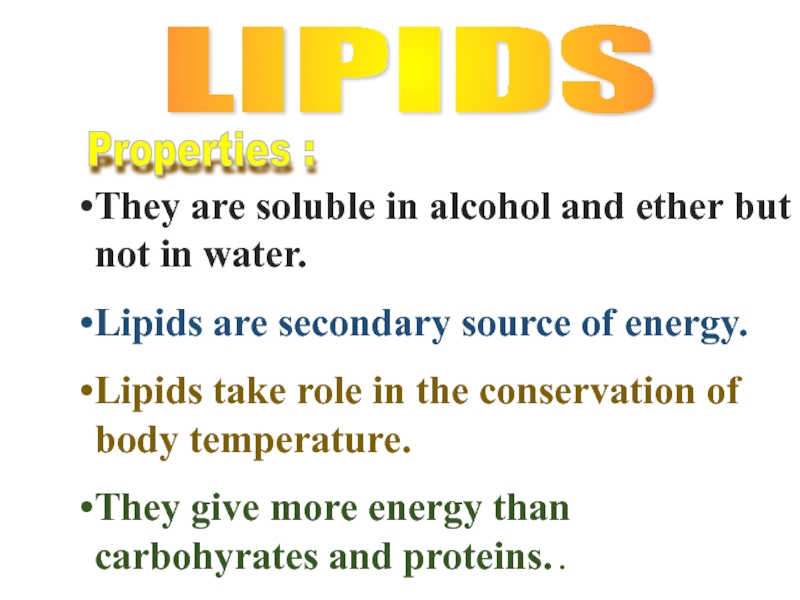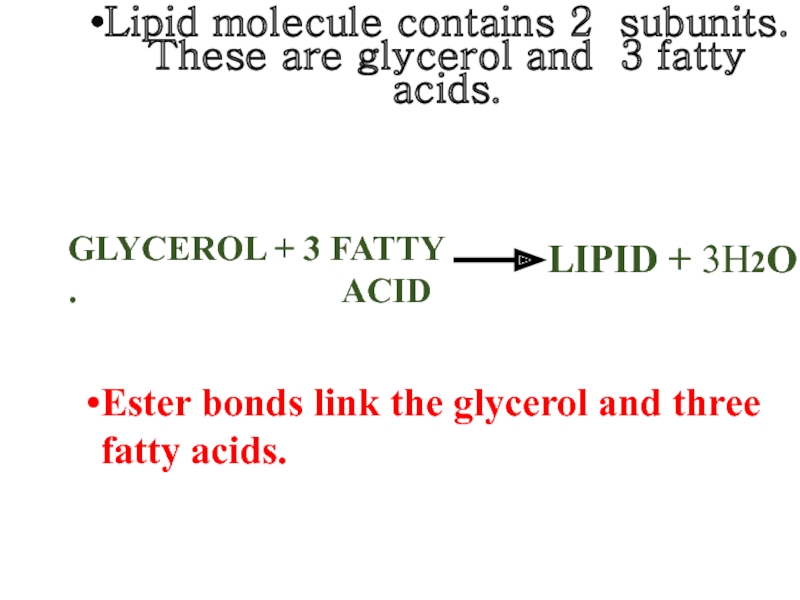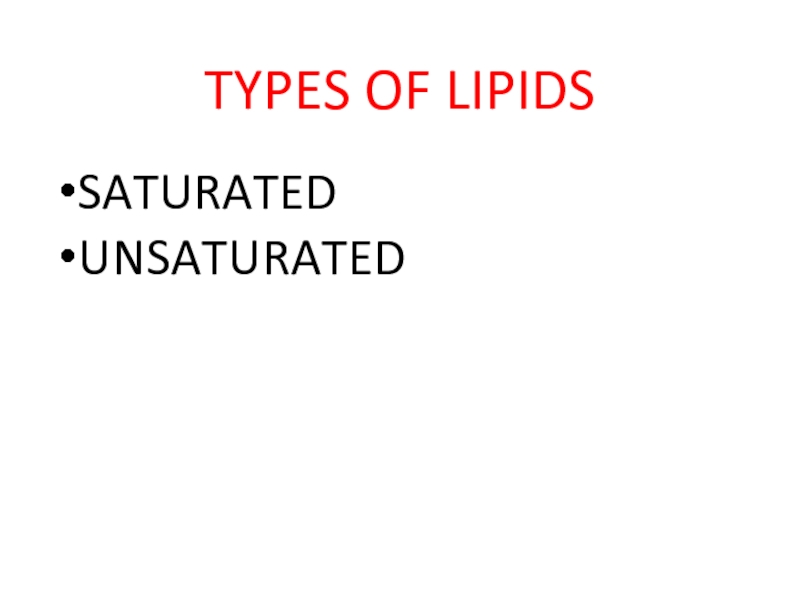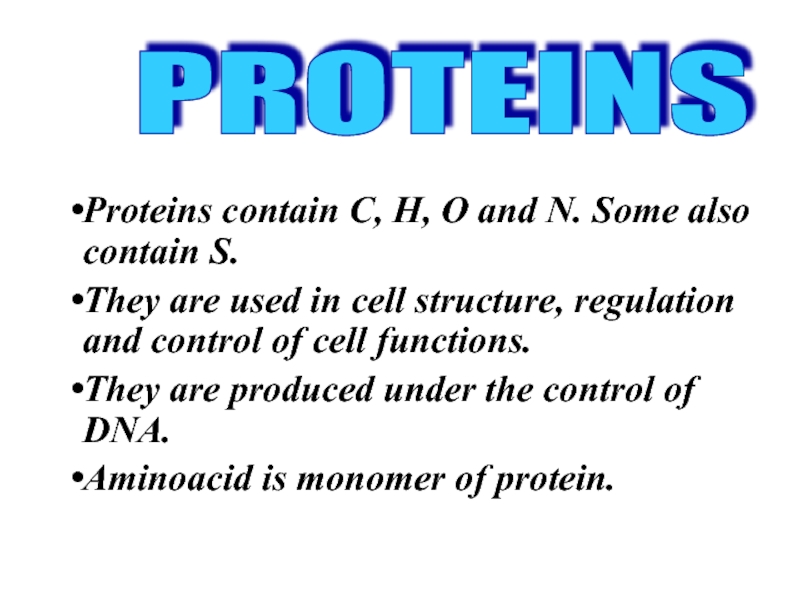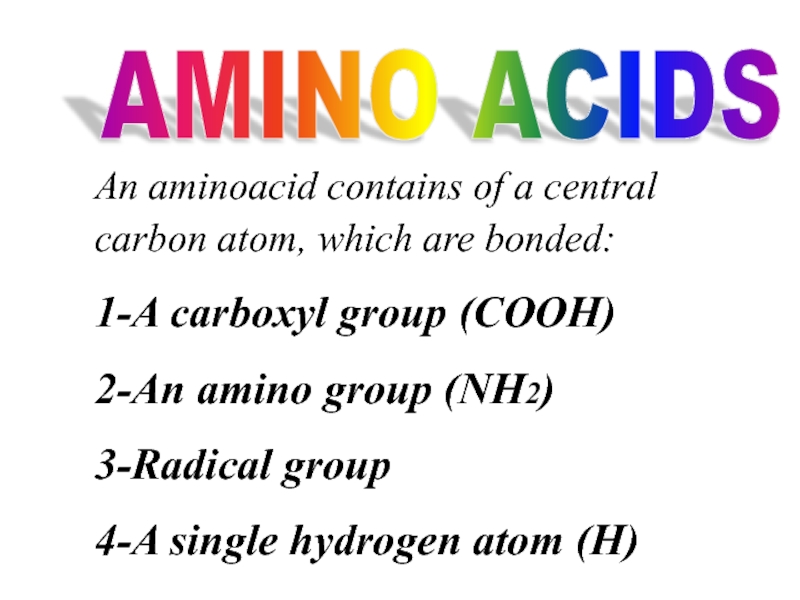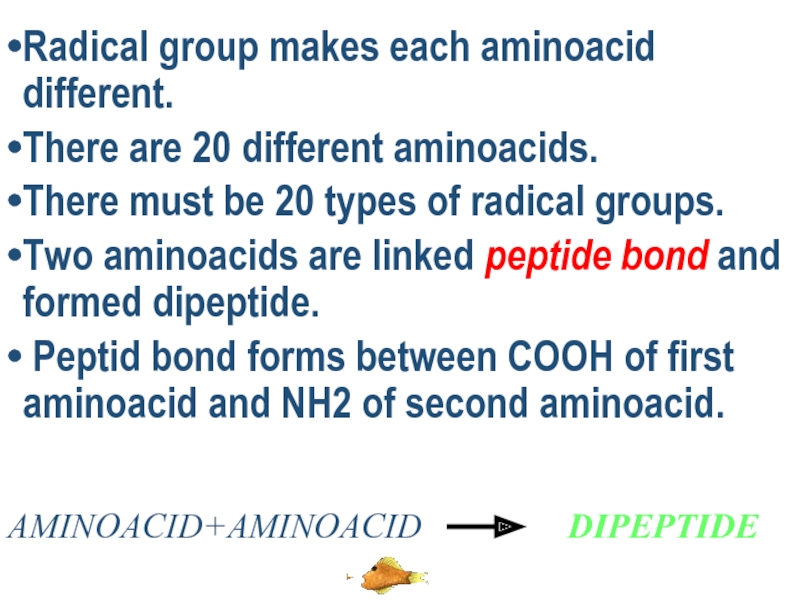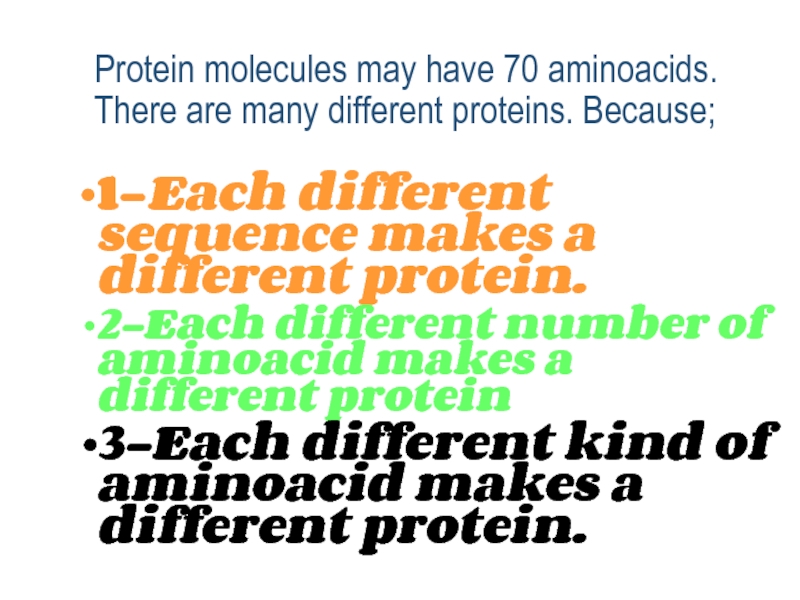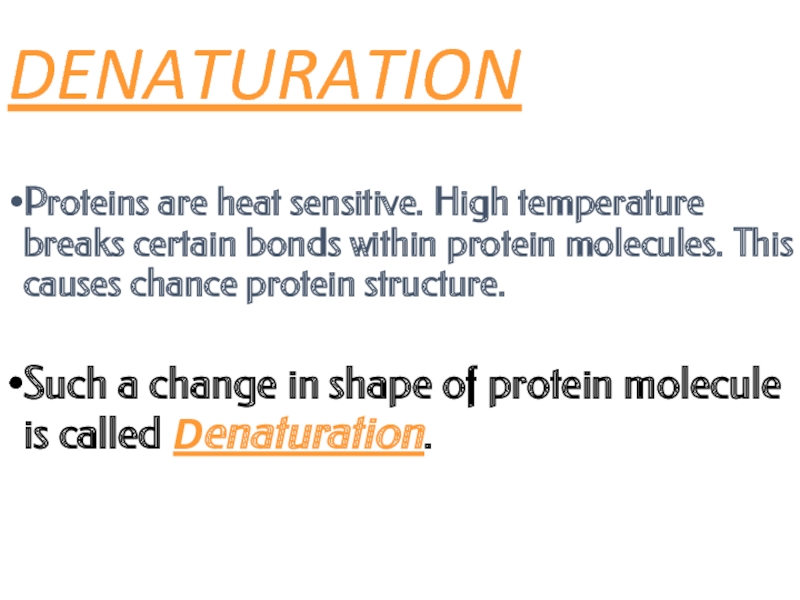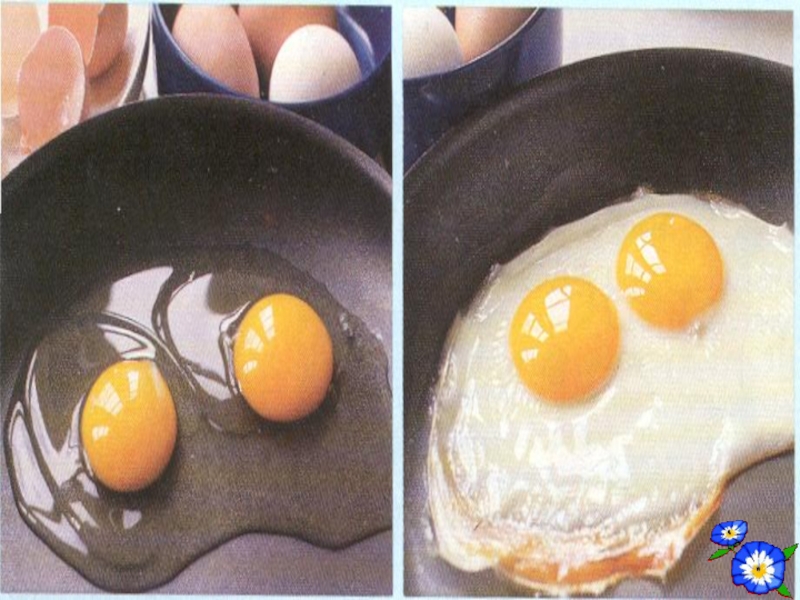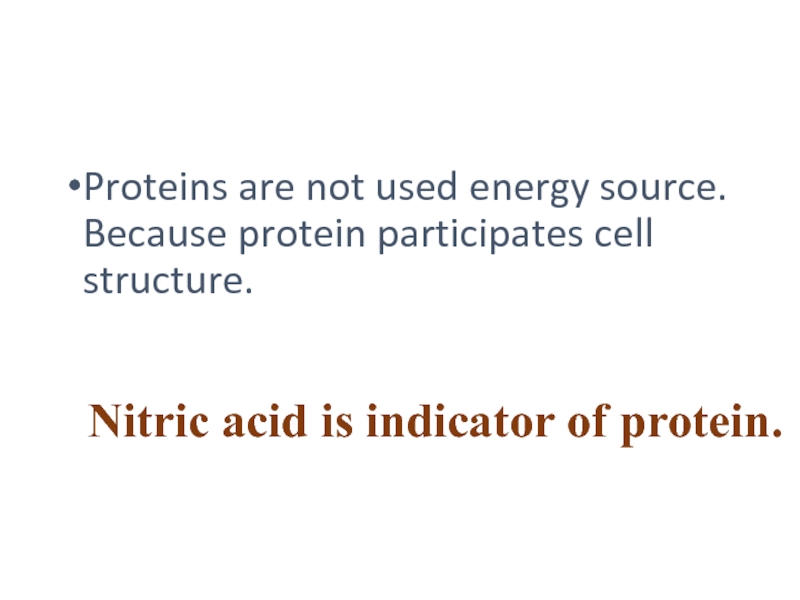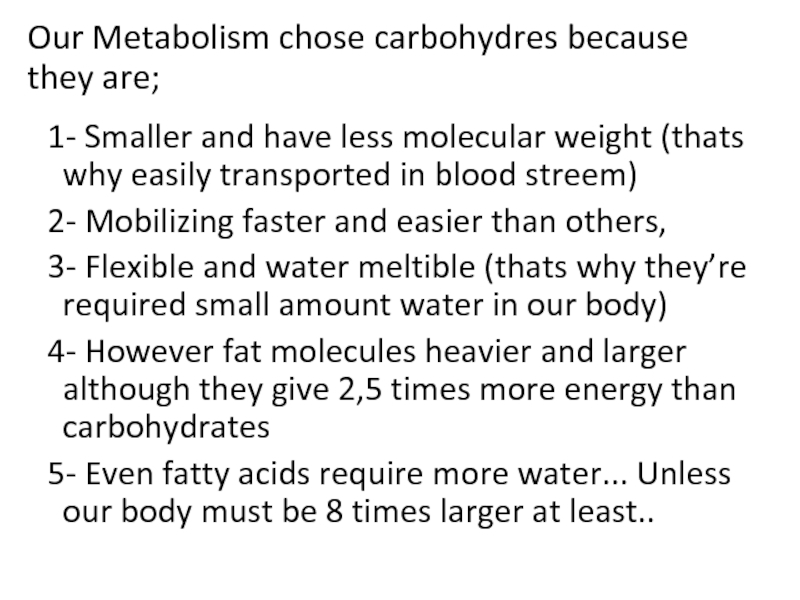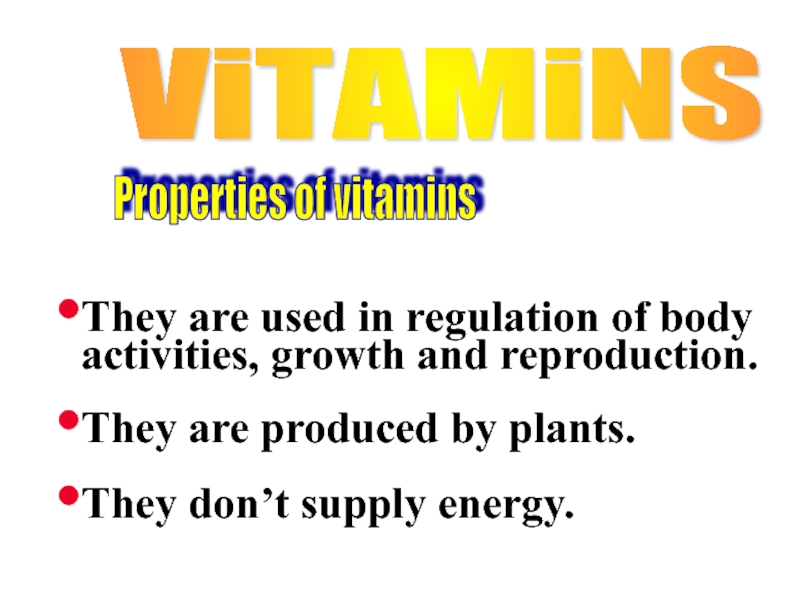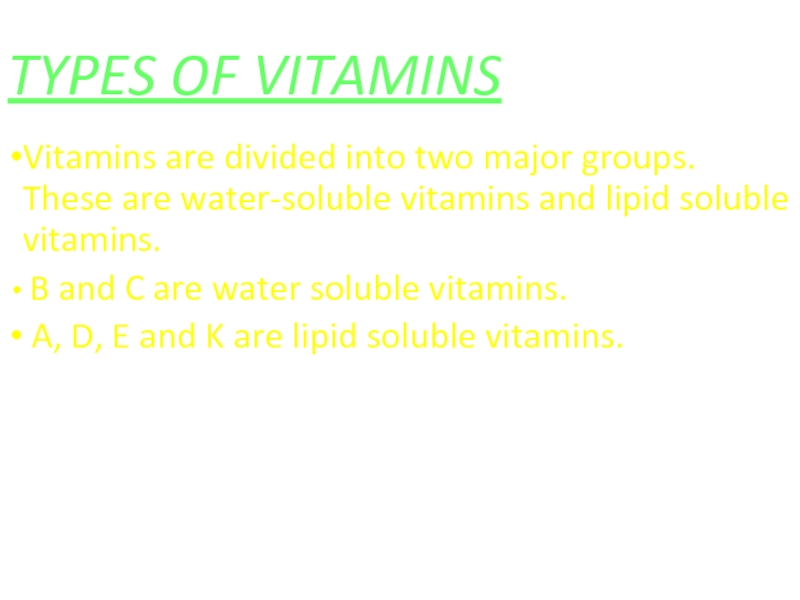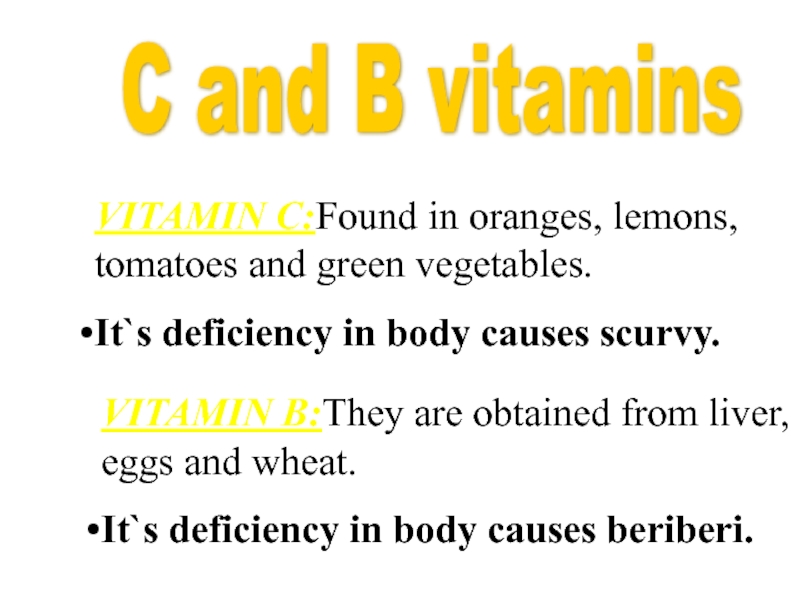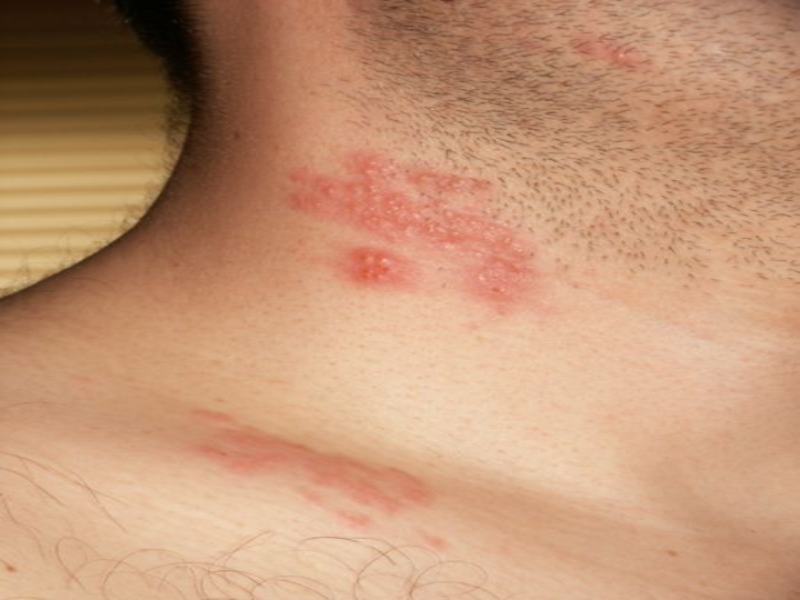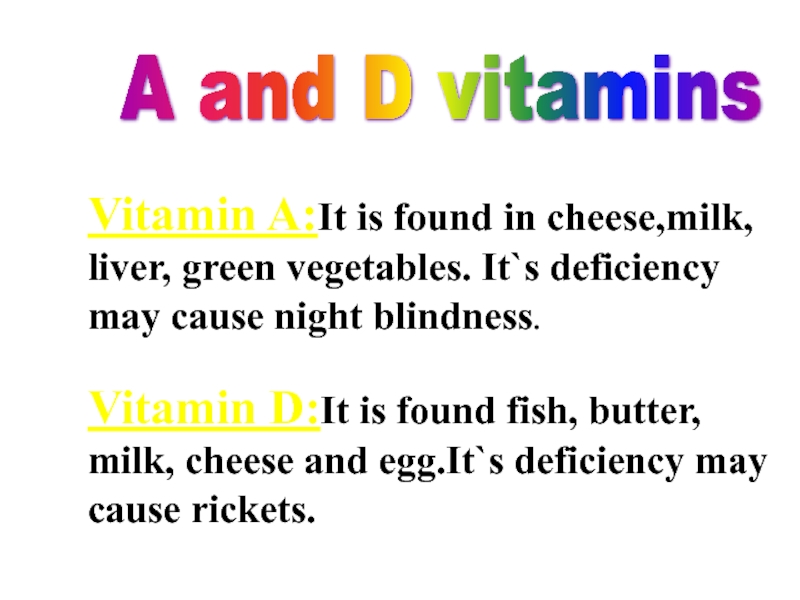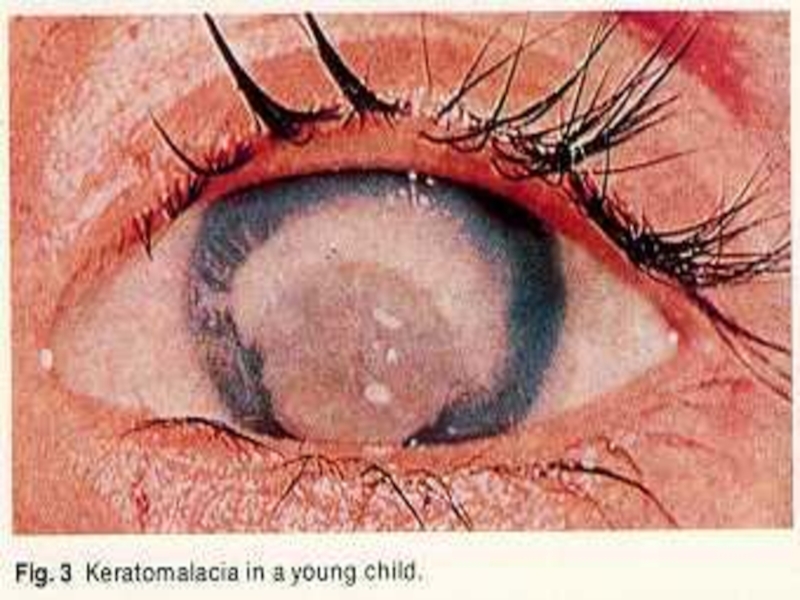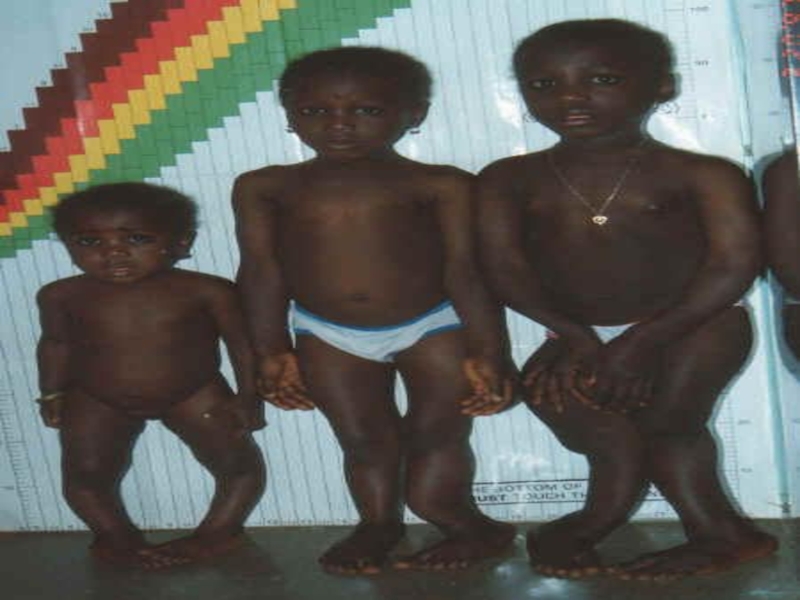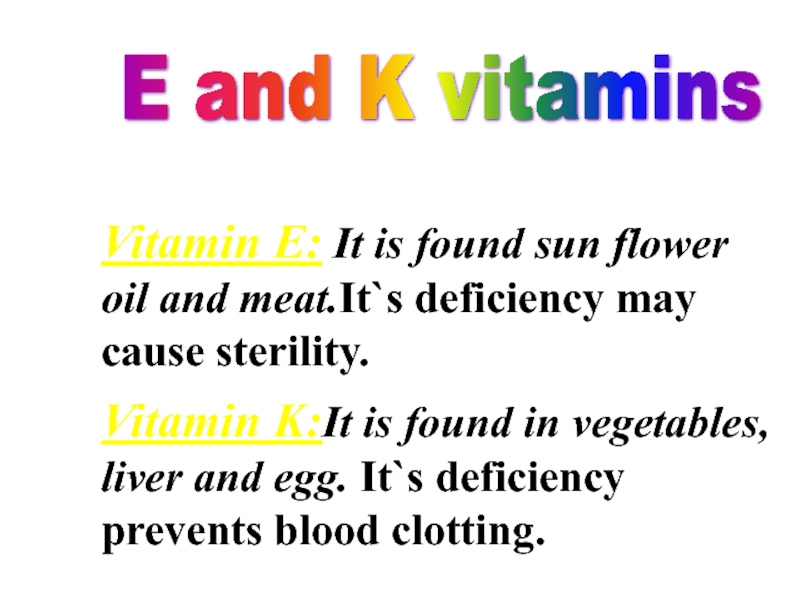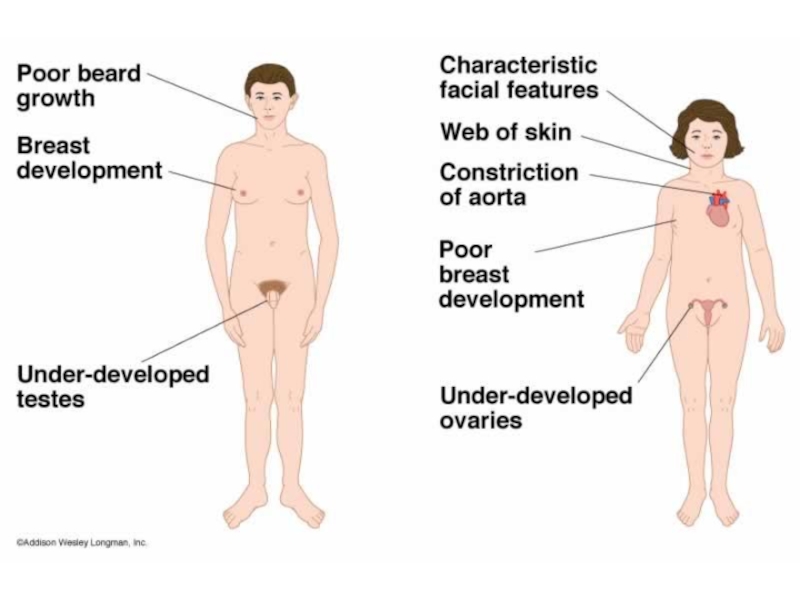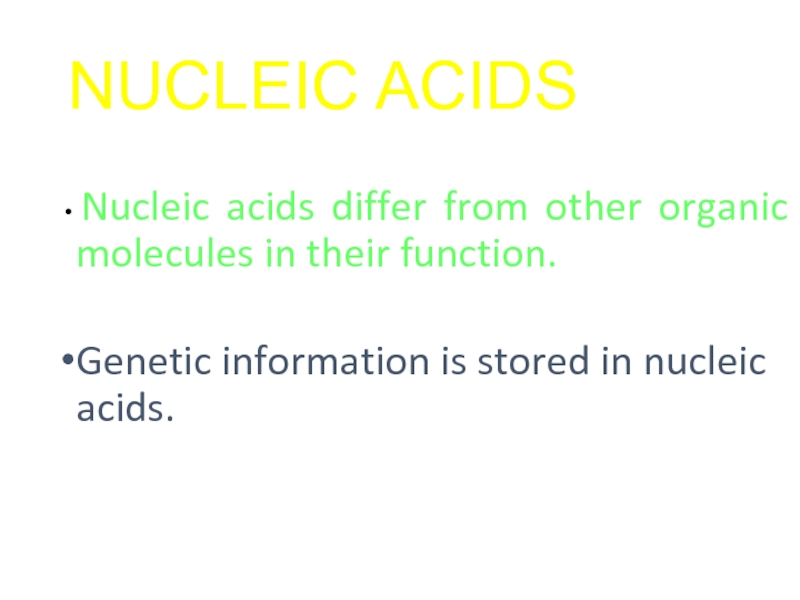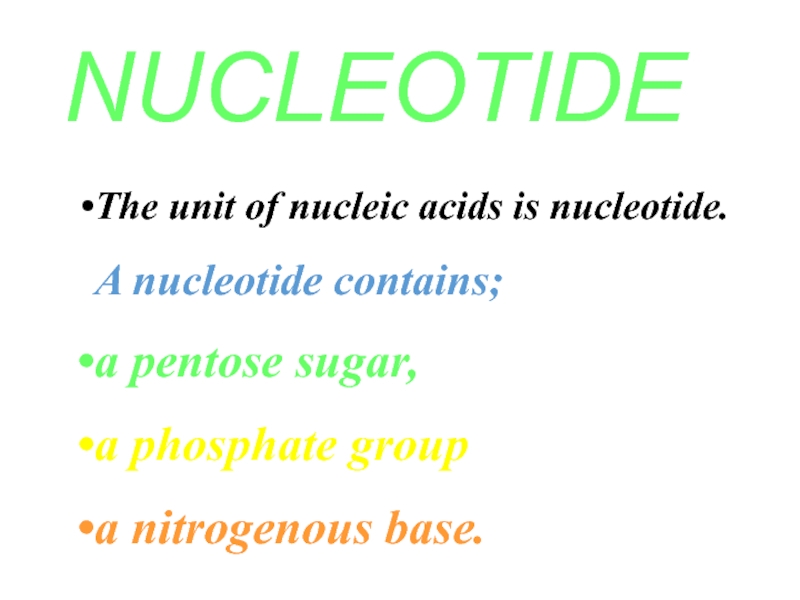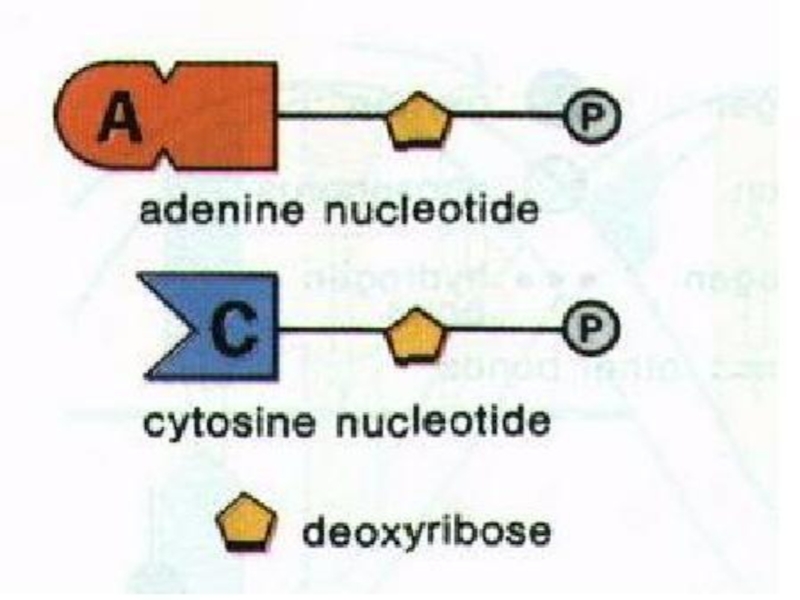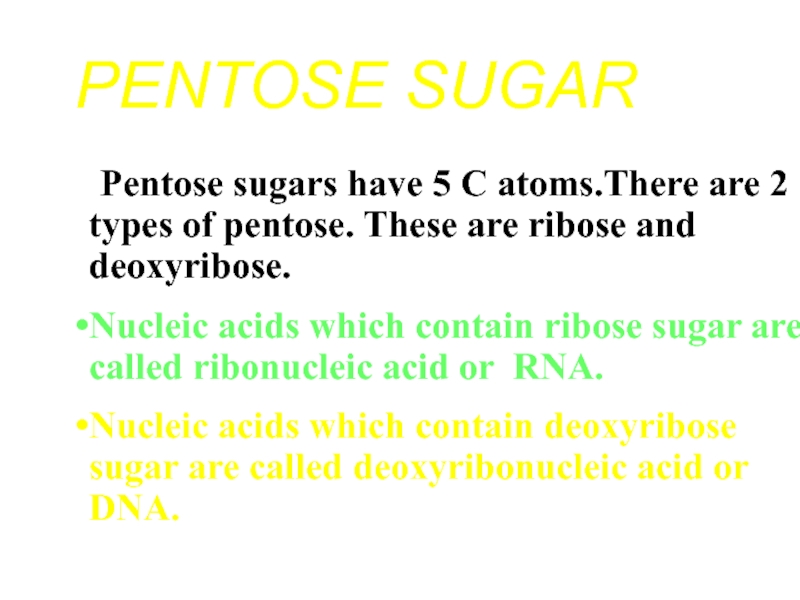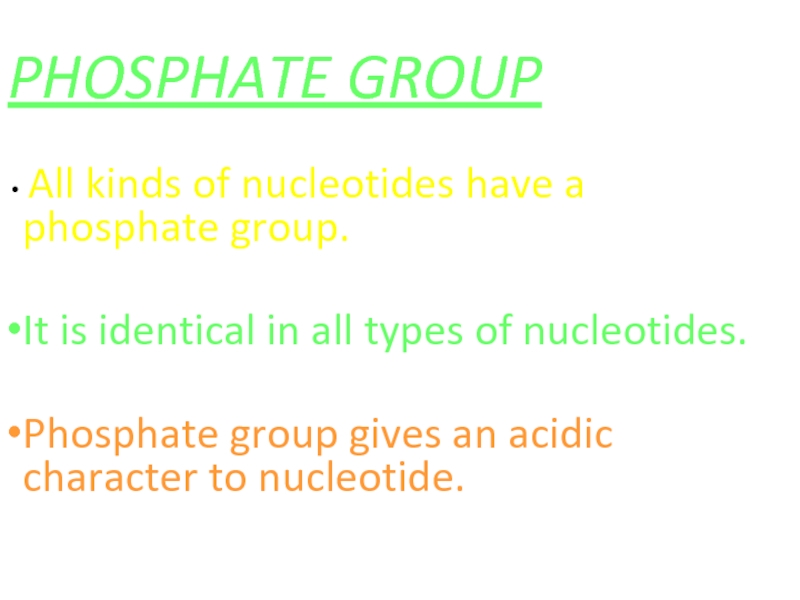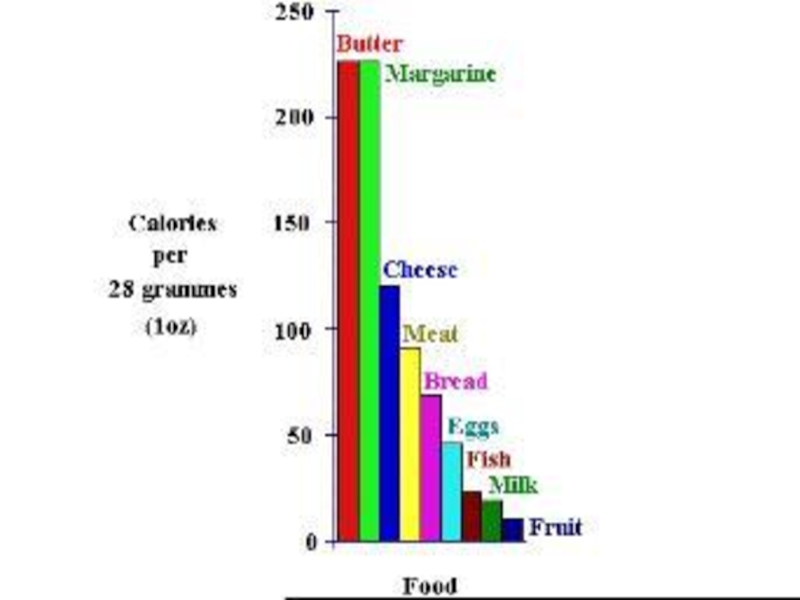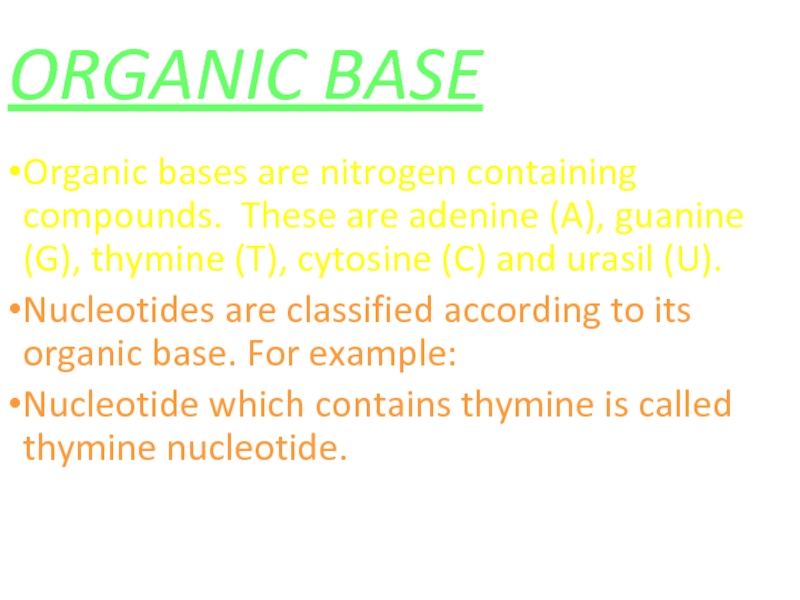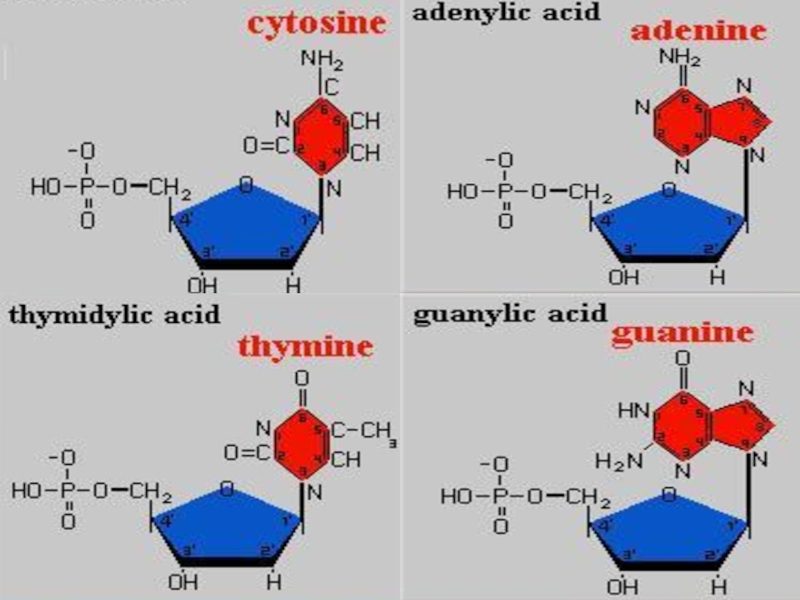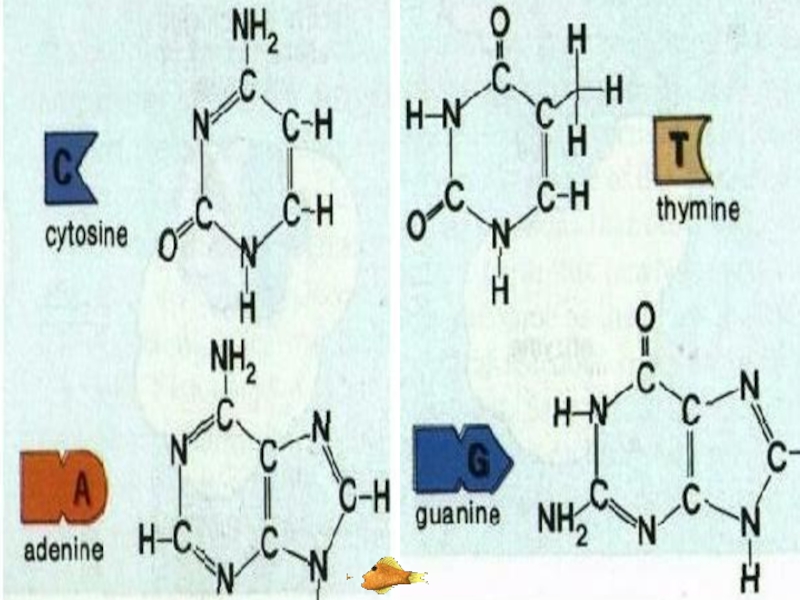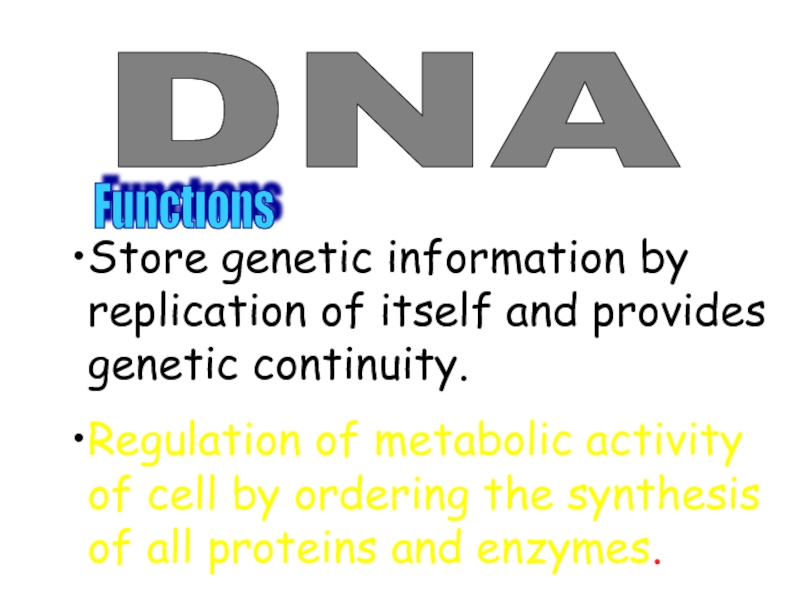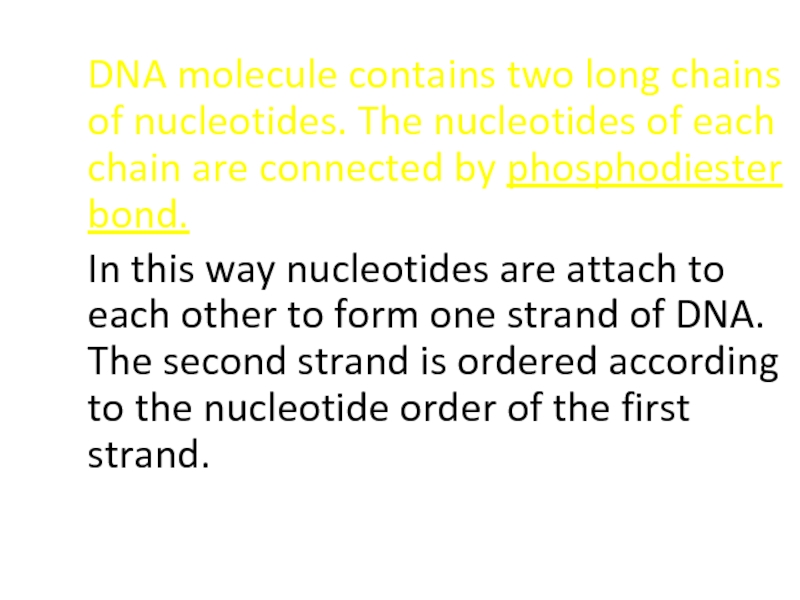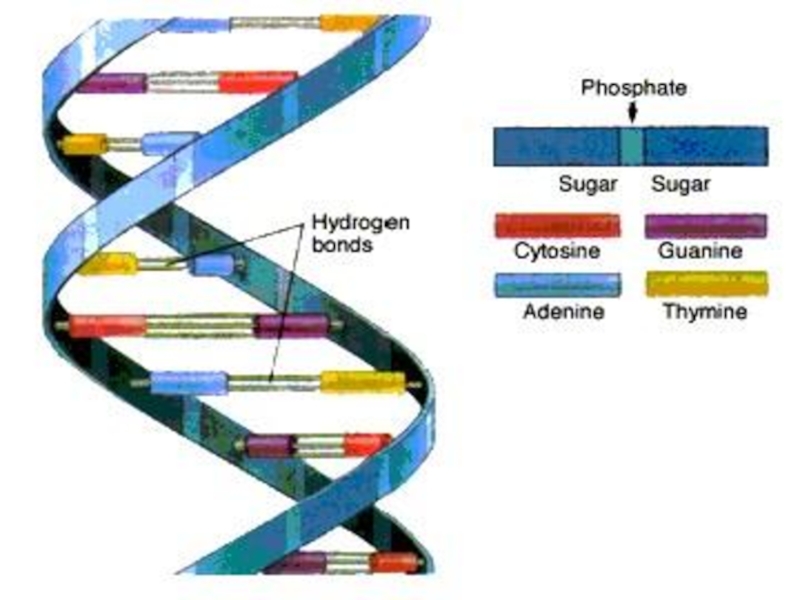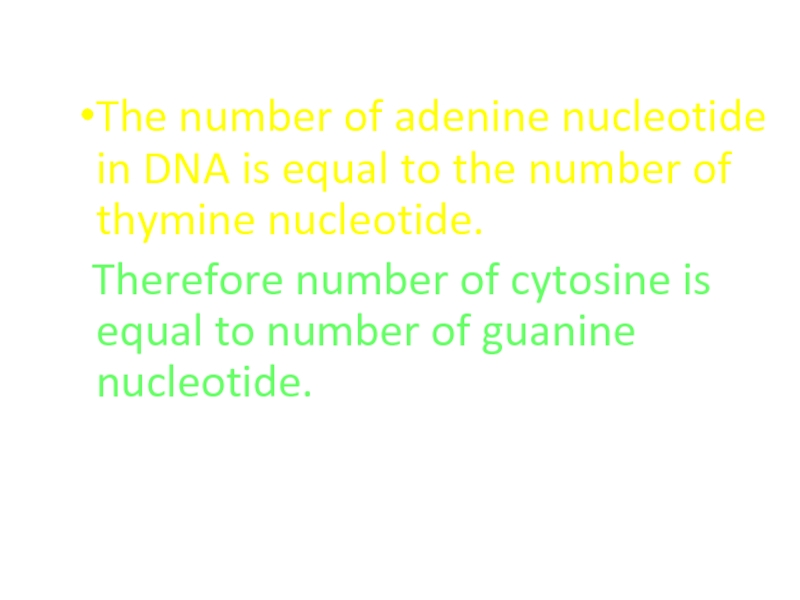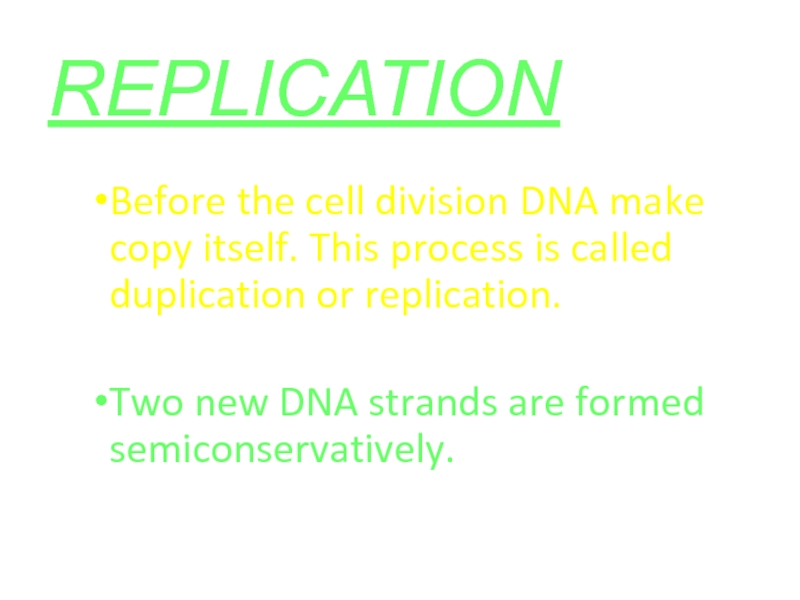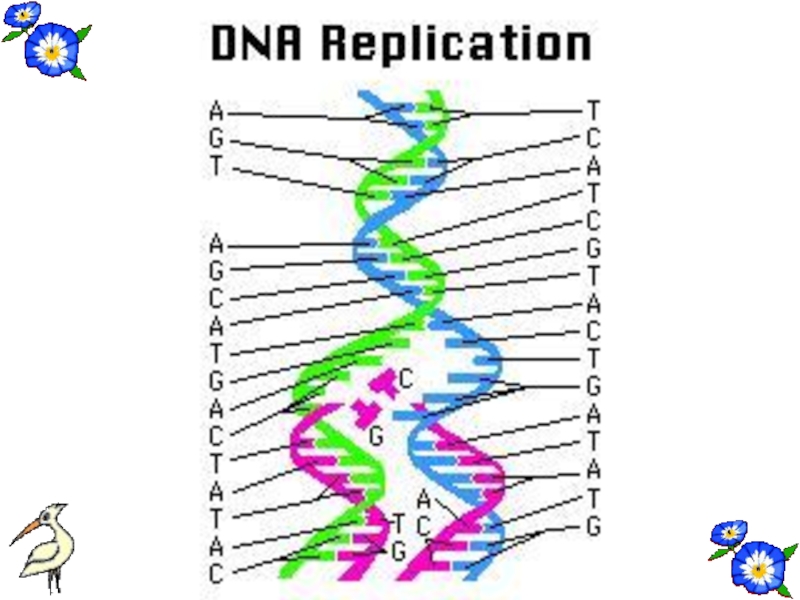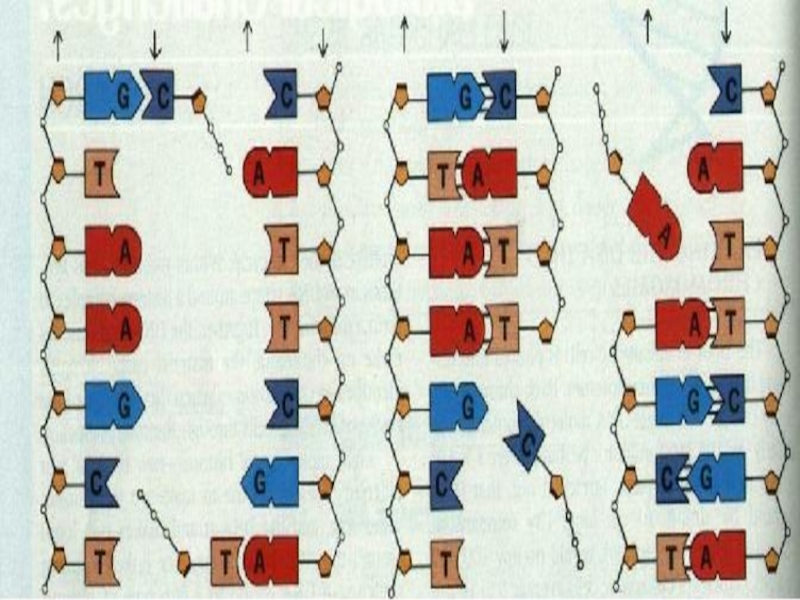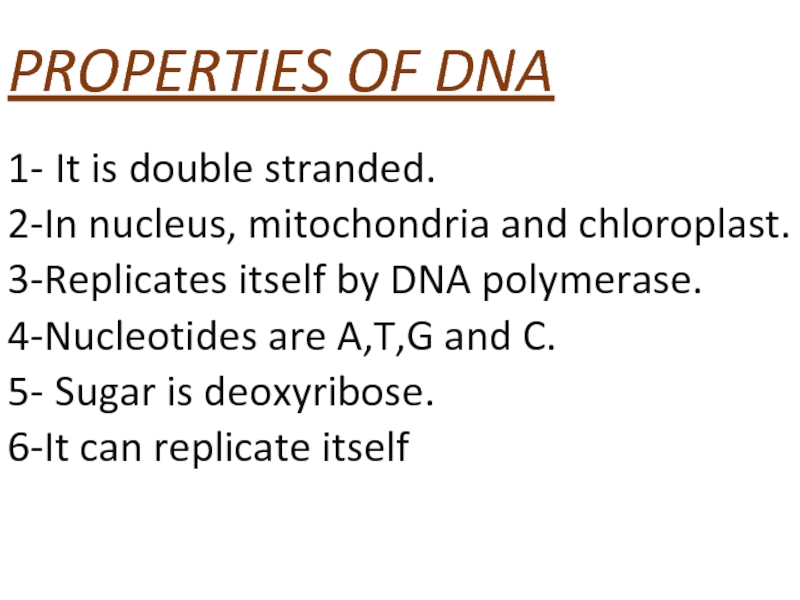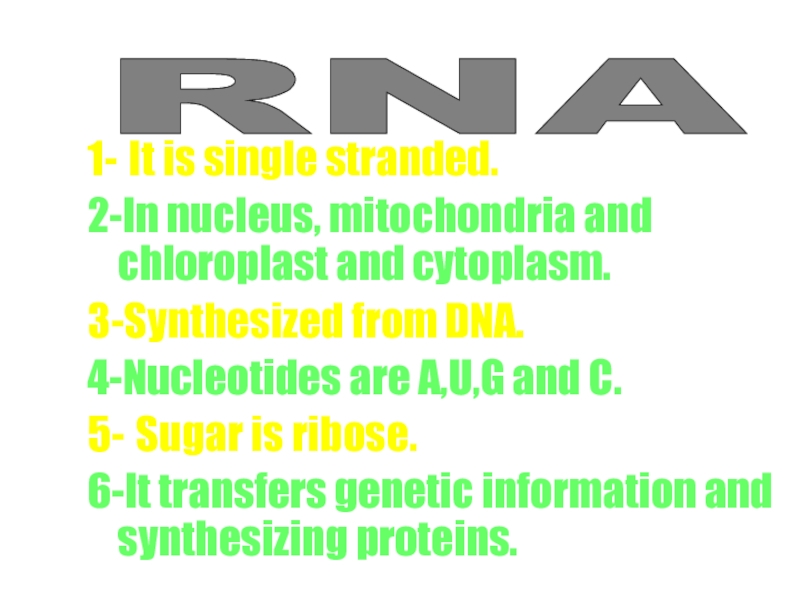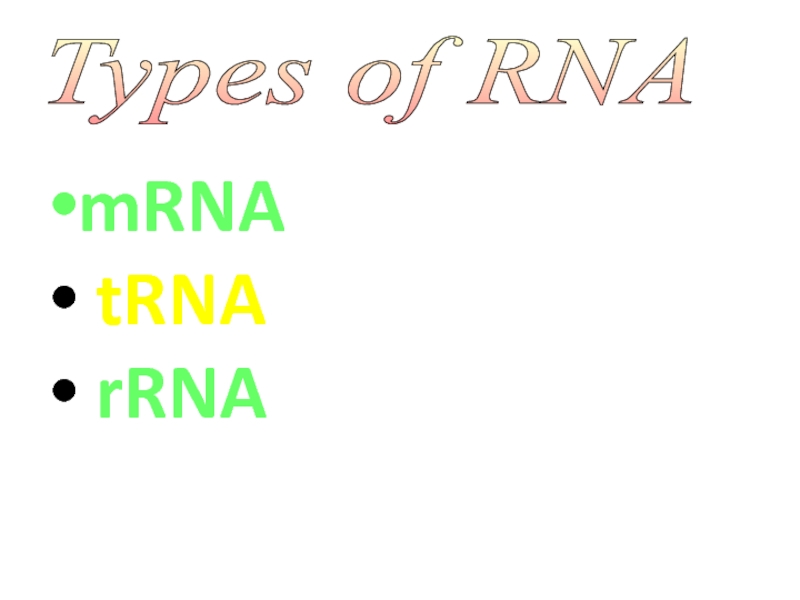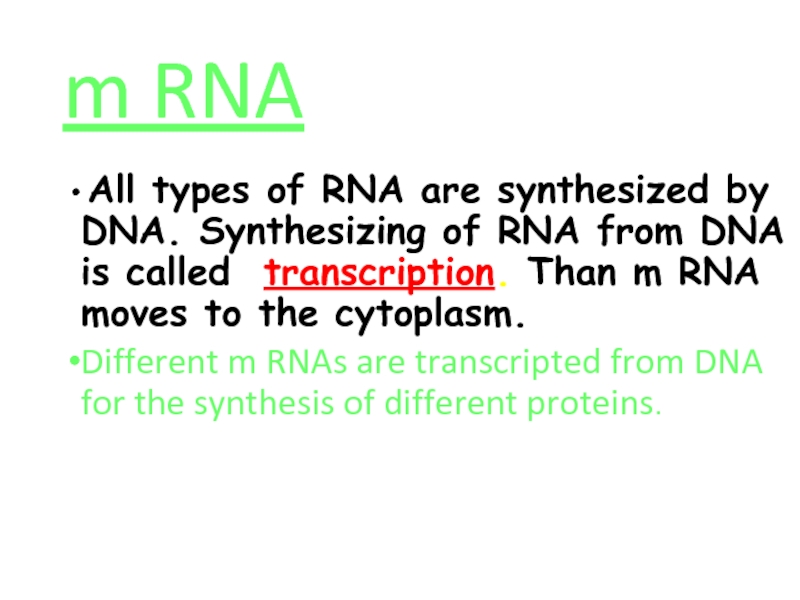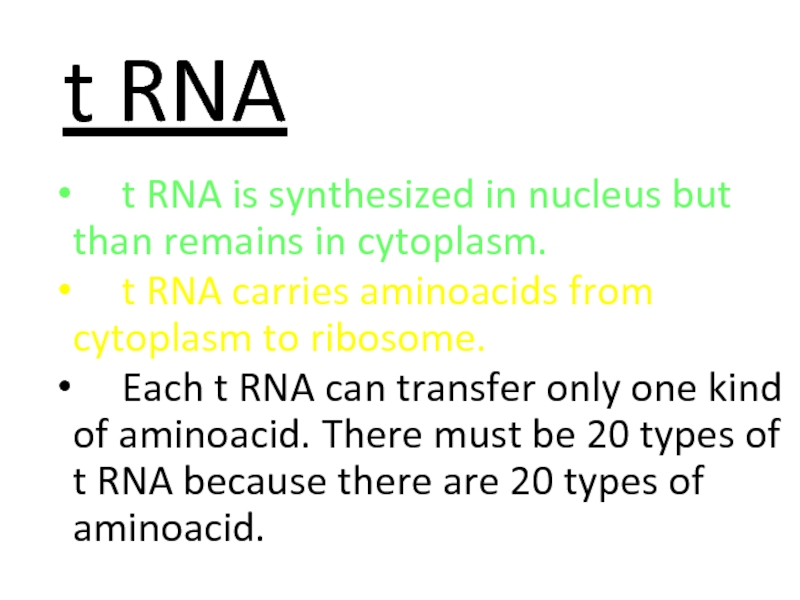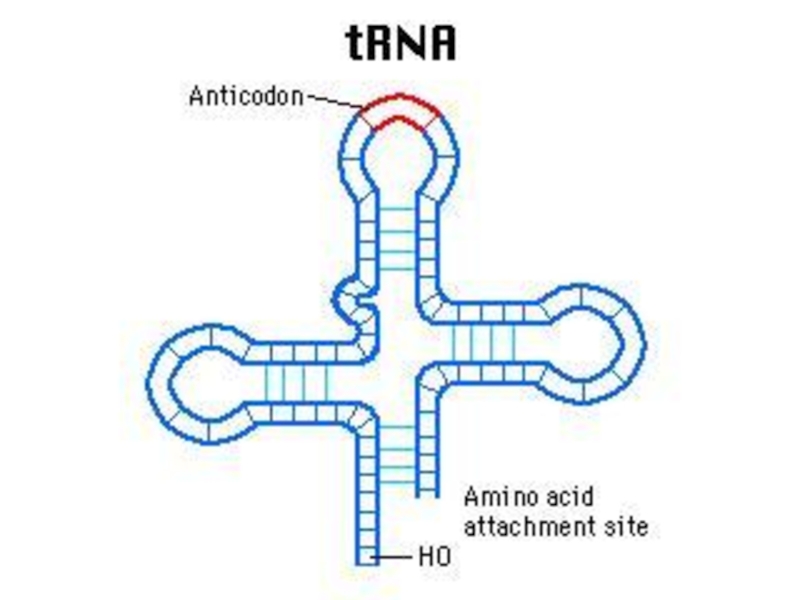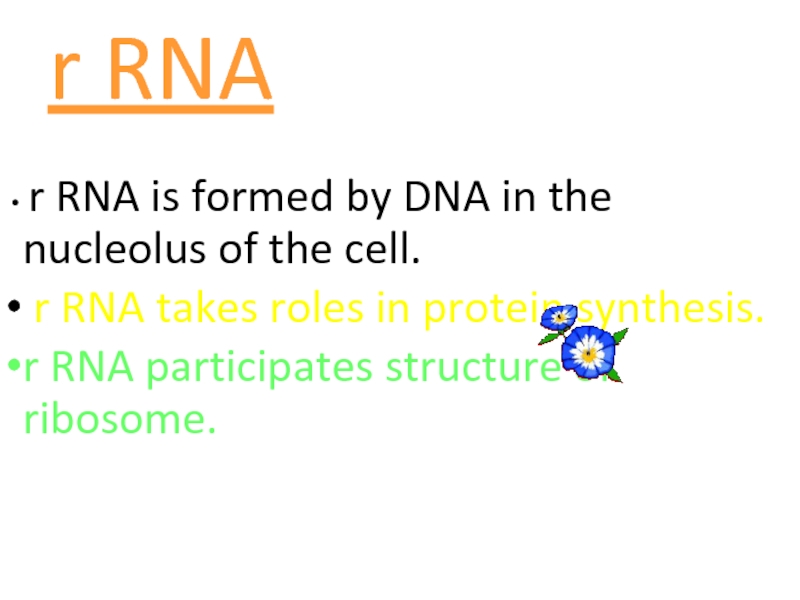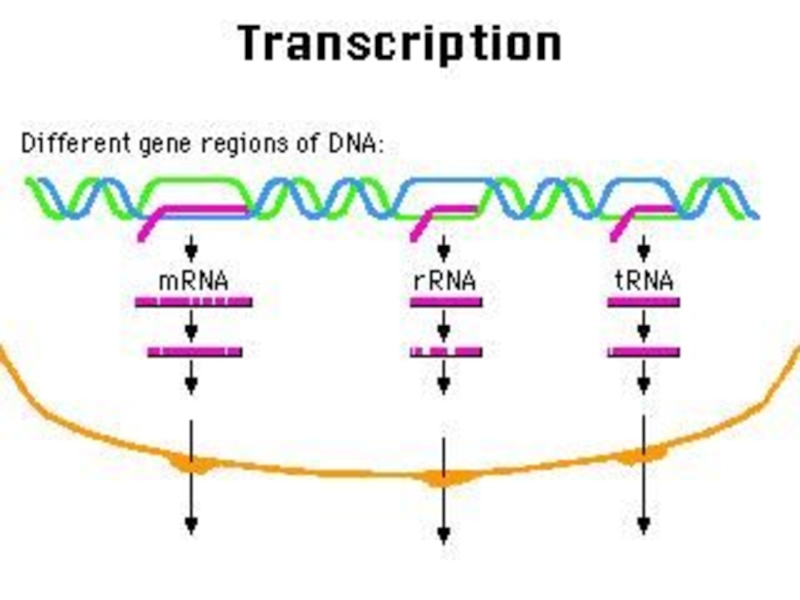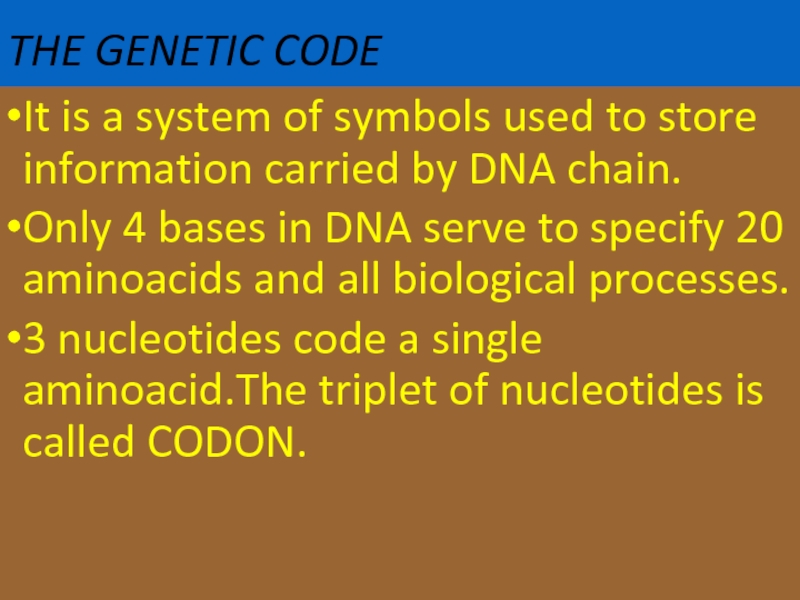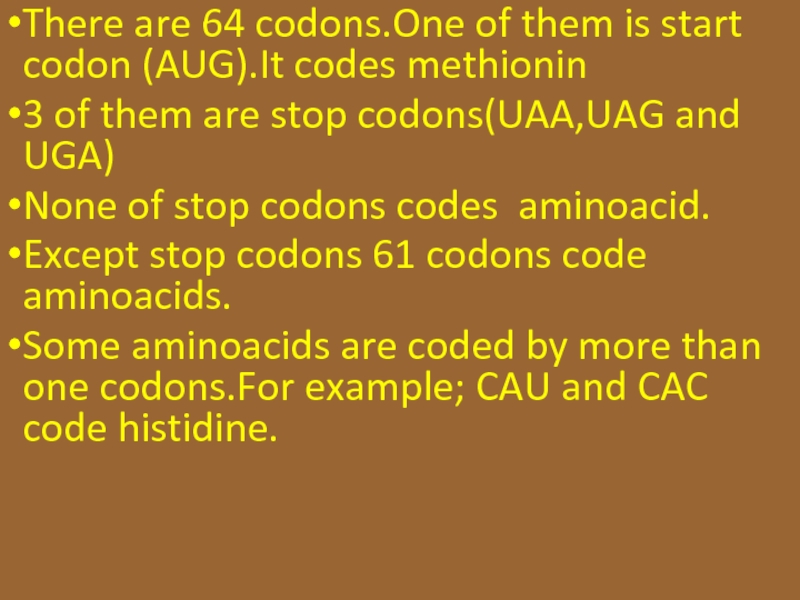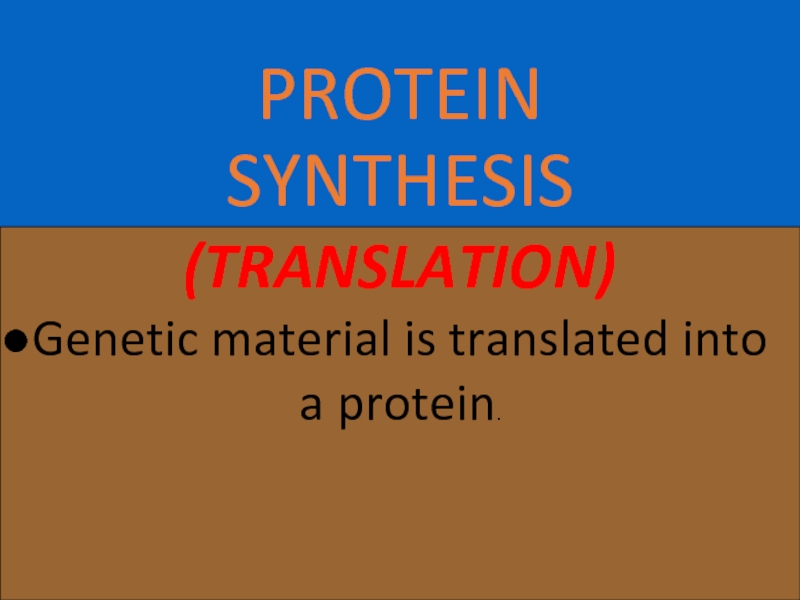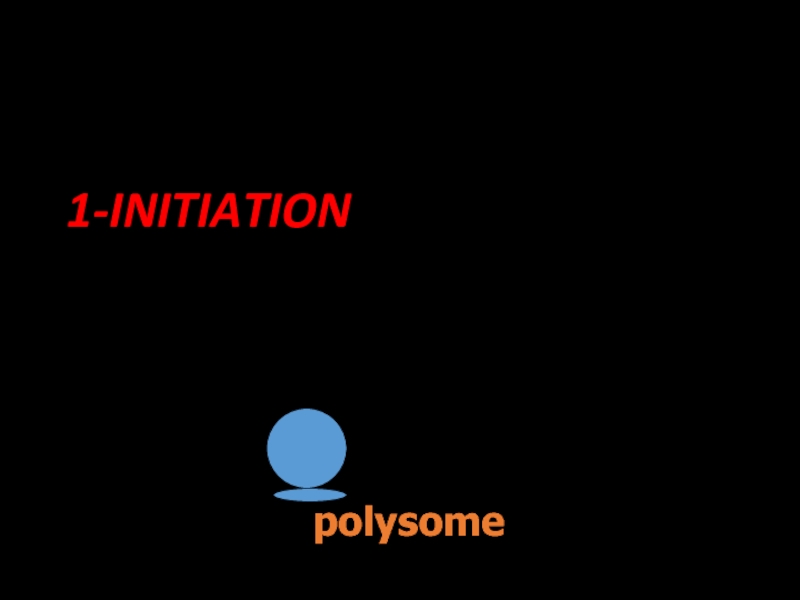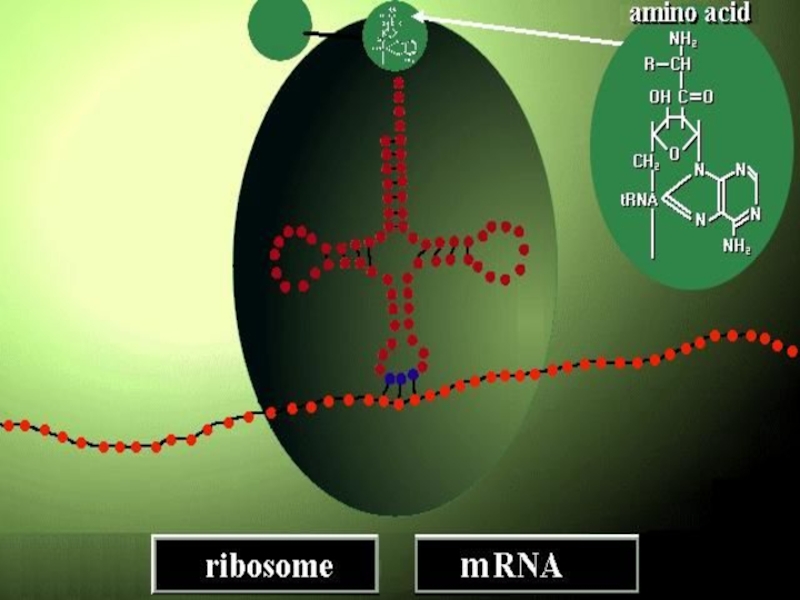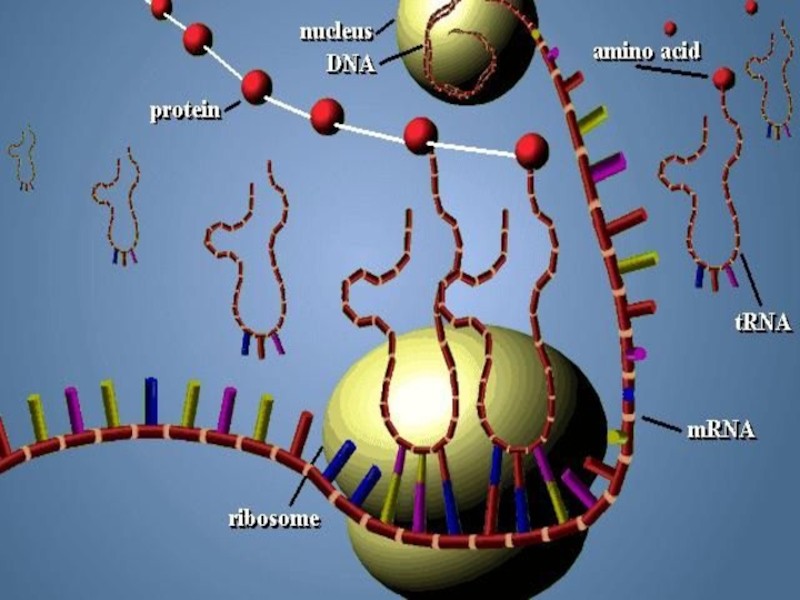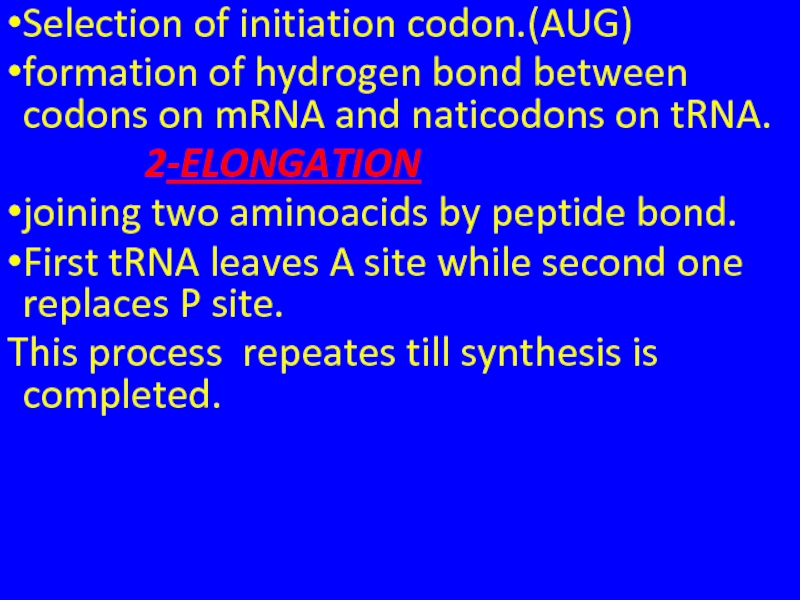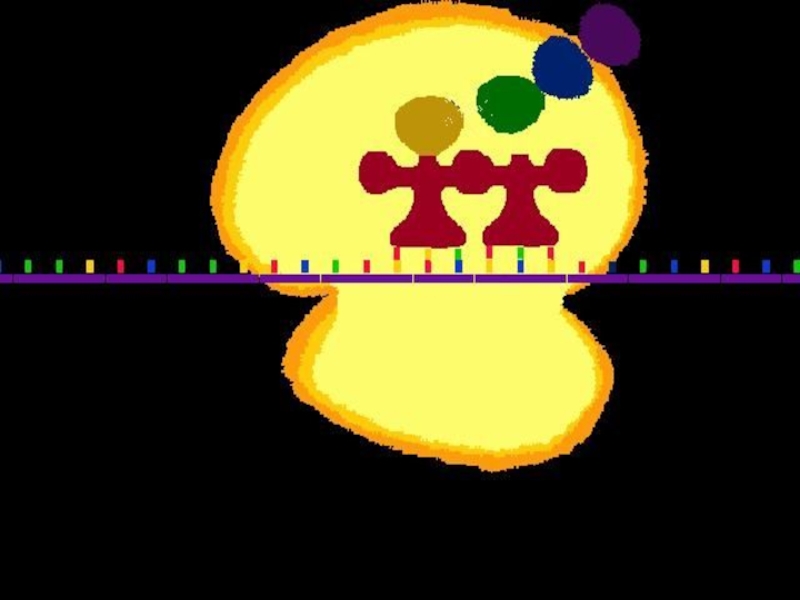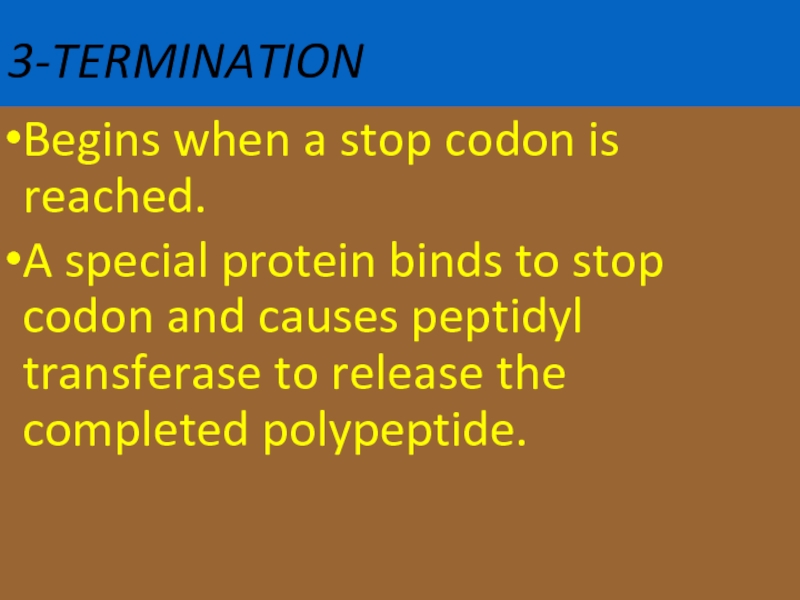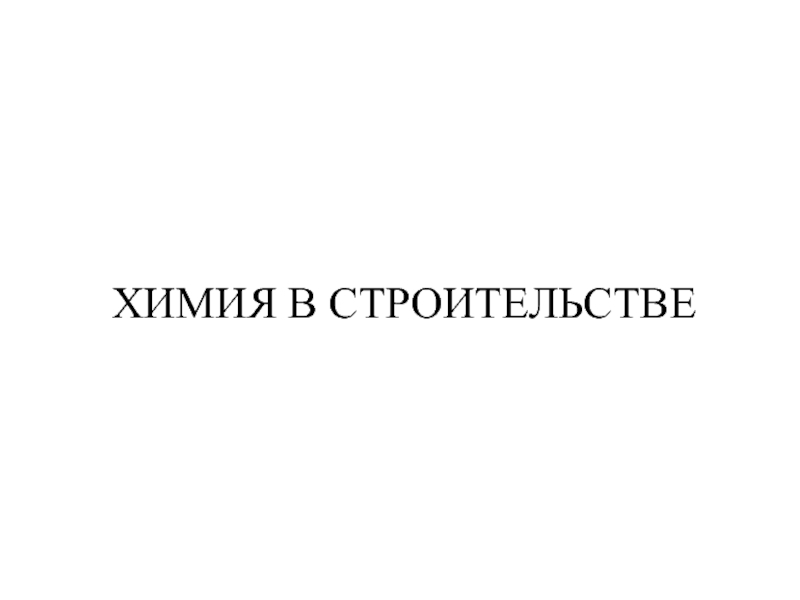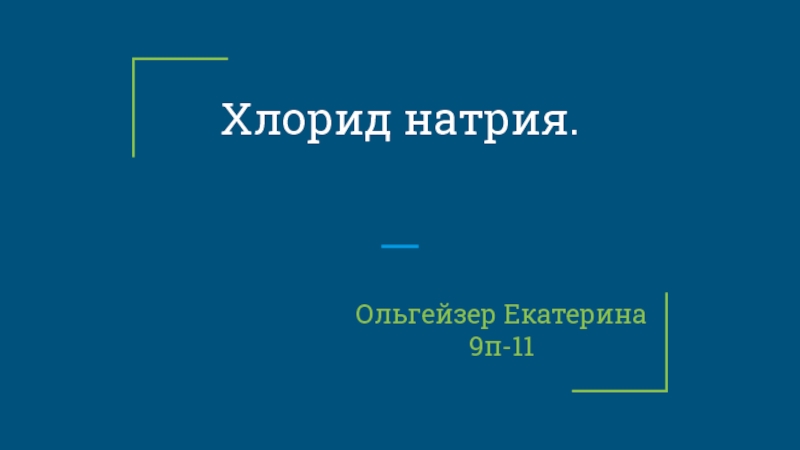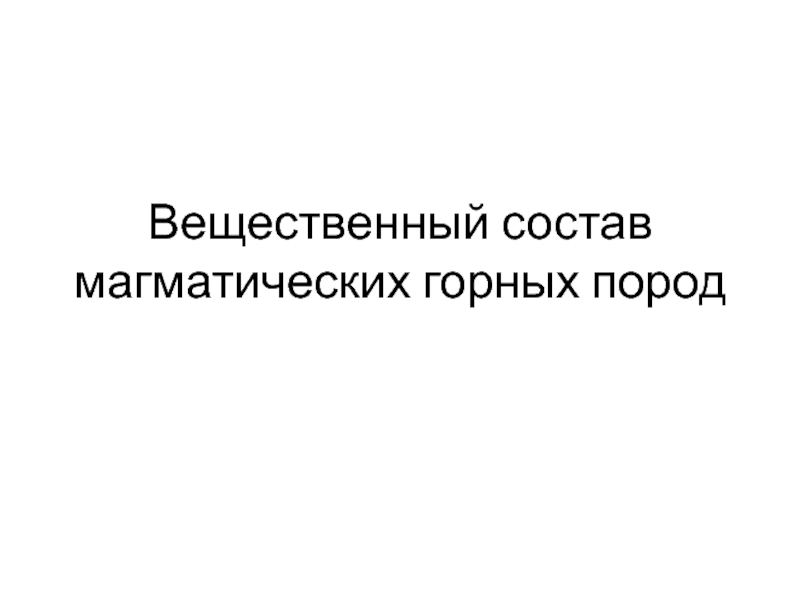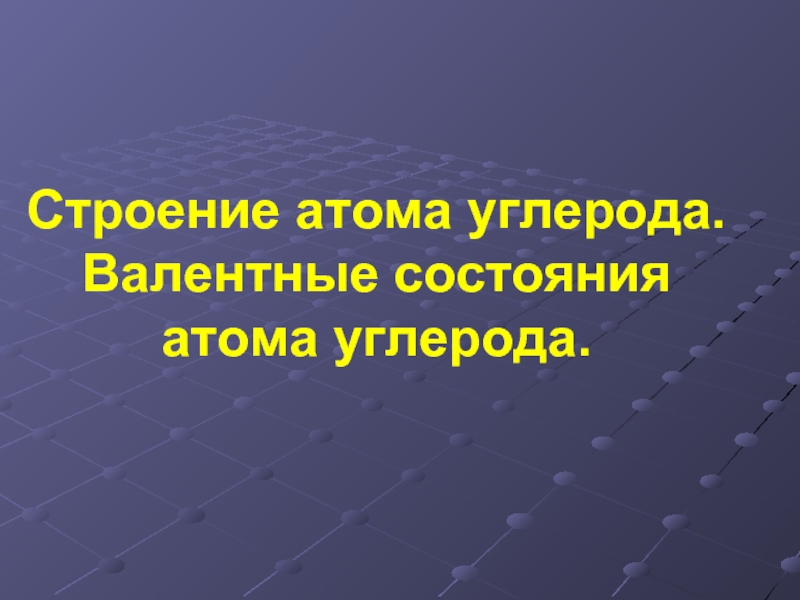- Главная
- Разное
- Дизайн
- Бизнес и предпринимательство
- Аналитика
- Образование
- Развлечения
- Красота и здоровье
- Финансы
- Государство
- Путешествия
- Спорт
- Недвижимость
- Армия
- Графика
- Культурология
- Еда и кулинария
- Лингвистика
- Английский язык
- Астрономия
- Алгебра
- Биология
- География
- Детские презентации
- Информатика
- История
- Литература
- Маркетинг
- Математика
- Медицина
- Менеджмент
- Музыка
- МХК
- Немецкий язык
- ОБЖ
- Обществознание
- Окружающий мир
- Педагогика
- Русский язык
- Технология
- Физика
- Философия
- Химия
- Шаблоны, картинки для презентаций
- Экология
- Экономика
- Юриспруденция
Organic molecules презентация
Содержание
- 1. Organic molecules
- 2. TYPES OF ORGANIC MOLECULES There are 5
- 3. CARBOHYDRATES PROPERTIES: They contain C, H
- 4. TYPES OF CARBOHYDRATES There are 3 types
- 5. Monosacharides are units of carbohydrates. Monosacharides
- 6. PENTOSE SUGAR Pentose sugars have 5 carbon
- 7. HEXOSE SUGAR Hexose sugars have 6 carbon
- 8. GLUCOSE Glucose is a monosaccharide with the
- 10. DISACCHARIDES Disaccharide is double sugar.
- 11. TYPES OF DISACCHARIDES There are 3 types
- 12. GLUCOSE + GLUCOSE GLUCOSE + GALACTOSE MALTOSE
- 14. GLUCOSE + GLUCOSE During the formation of
- 15. POLYSACCHARIDES Simple sugars can be joined together
- 16. Starch, glycogen, cellulose and chitin are examples
- 17. LIPIDS Properties : They are
- 18. Lipid molecule contains 2 subunits. These are
- 19. TYPES OF LIPIDS SATURATED UNSATURATED
- 20. Proteins contain C, H, O and N.
- 21. AMINO ACIDS An aminoacid contains of
- 22. Radical group makes each aminoacid different.
- 23. Protein molecules may have 70 aminoacids. There
- 24. DENATURATION Proteins are heat sensitive. High temperature
- 26. Proteins are not used energy source. Because
- 27. Our Metabolism chose carbohydres because they are;
- 28. ViTAMiNS They are used in regulation
- 29. TYPES OF VITAMINS Vitamins are divided into
- 30. C and B vitamins VITAMIN C:Found
- 32. A and D vitamins Vitamin A:It
- 35. Vitamin E: It is found sun flower
- 37. NUCLEIC ACIDS Nucleic acids differ from other
- 38. The unit of nucleic acids is nucleotide.
- 40. PENTOSE SUGAR Pentose sugars have
- 41. PHOSPHATE GROUP All kinds of nucleotides
- 43. ORGANIC BASE Organic bases are nitrogen containing
- 46. DNA Functıons Store genetic information
- 47. DNA molecule contains two long chains of
- 49. When bonding of two DNA strands
- 50. The number of adenine nucleotide in DNA
- 51. REPLICATION Before the cell division DNA make
- 54. PROPERTIES OF DNA 1- It is double stranded.
- 55. RNA 1- It is single stranded. 2-In
- 56. mRNA tRNA rRNA Types of RNA
- 57. m RNA All types of RNA
- 58. t RNA t RNA
- 60. r RNA r RNA is formed
- 62. THE GENETIC CODE It is a system
- 63. There are 64 codons.One of them is
- 64. PROTEIN SYNTHESIS (TRANSLATION) Genetic material is translated into a protein.
- 65. Occurs in three stages; initiation,elongation and termination.
- 68. Selection of initiation codon.(AUG) formation of hydrogen
- 70. 3-TERMINATION Begins when a stop codon is
Слайд 1ORGANIC MOLECULES
Organic molecules are chemicals that contain C, H, and O
Слайд 2TYPES OF ORGANIC MOLECULES
There are 5 types of organic molecules in
Carbohydrates
Lipids
Proteins
Vitamins
Nucleic acids
Слайд 3CARBOHYDRATES
PROPERTIES:
They contain C, H and O .
They are main source
They participate structure of cell.
Слайд 4TYPES OF CARBOHYDRATES
There are 3 types of carbohydrates according to the
Monosaccharides (single sugar)
Disaccharides(double sugar)
Polysaccharides (many sugar)
Слайд 5Monosacharides are units of carbohydrates.
Monosacharides are classified according to their
1- Pentose sugar (5 C)
2- Hexose sugar (6 C)
MONOSACHARIDES
Слайд 6PENTOSE SUGAR
Pentose sugars have 5 carbon atoms.
They participate structure of nucleic
EX:
Ribose and Deoxyribose
Слайд 7HEXOSE SUGAR
Hexose sugars have 6 carbon atoms
They are used in energy
EX:
Glucose,
Fructose and Galactose
Слайд 8GLUCOSE
Glucose is a monosaccharide with the formula C6H12O6.
Plants produce glucose
Amount of glucose is controlled by hormone in human blood.
Слайд 10DISACCHARIDES
Disaccharide is double sugar.
Two monosaccharides chemically combine to form disaccharide.
There is glycosidic bond between two monosaccharides
Слайд 12GLUCOSE + GLUCOSE
GLUCOSE + GALACTOSE
MALTOSE + H2O
LACTOSE + H2O
GLUCOSE + FRUCTOSE
SUCROSE
Слайд 14GLUCOSE + GLUCOSE
During the formation of disaccharide one molecule water is
The reverse of dehydration is hydrolysis. In this reaction water molecules are added to reaction.
MALTOSE + H2O
Слайд 15POLYSACCHARIDES
Simple sugars can be joined together by dehydration synthesis to form
Polysaccharides are long chain of glucose.
There are glycosidic bond among of monosaccharides.
Слайд 16Starch, glycogen, cellulose and chitin are examples of polysaccharide.
Starch: It is
Glycogen: It is found certain animal cells. Glycogen is stored in the liver and muscle.
Cellulose: It participates structure of plant cell.
Слайд 17LIPIDS
Properties :
They are soluble in alcohol and ether but
Lipids are secondary source of energy.
Lipids take role in the conservation of body temperature.
They give more energy than carbohyrates and proteins. .
Слайд 18Lipid molecule contains 2 subunits. These are glycerol and 3 fatty
GLYCEROL + 3 FATTY . ACID
LIPID + 3H2O
Ester bonds link the glycerol and three fatty acids.
Слайд 20Proteins contain C, H, O and N. Some also contain S.
They are used in cell structure, regulation and control of cell functions.
They are produced under the control of DNA.
Aminoacid is monomer of protein.
PROTEINS
Слайд 21AMINO ACIDS
An aminoacid contains of a central carbon atom, which
1-A carboxyl group (COOH)
2-An amino group (NH2)
3-Radical group
4-A single hydrogen atom (H)
Слайд 22Radical group makes each aminoacid different.
There are 20 different aminoacids.
There must be 20 types of radical groups.
Two aminoacids are linked peptide bond and formed dipeptide.
Peptid bond forms between COOH of first aminoacid and NH2 of second aminoacid.
AMINOACID+AMINOACID
DIPEPTIDE
Слайд 23Protein molecules may have 70 aminoacids. There are many different proteins.
1-Each different sequence makes a different protein.
2-Each different number of aminoacid makes a different protein
3-Each different kind of aminoacid makes a different protein.
Слайд 24DENATURATION
Proteins are heat sensitive. High temperature breaks certain bonds within protein
Such a change in shape of protein molecule is called Denaturation.
Слайд 26Proteins are not used energy source. Because protein participates cell structure.
Nitric
Слайд 27Our Metabolism chose carbohydres because they are;
1- Smaller and have less
2- Mobilizing faster and easier than others,
3- Flexible and water meltible (thats why they’re required small amount water in our body)
4- However fat molecules heavier and larger although they give 2,5 times more energy than carbohydrates
5- Even fatty acids require more water... Unless our body must be 8 times larger at least..
Слайд 28ViTAMiNS
They are used in regulation of body activities,
They are produced by plants.
They don’t supply energy.
Properties of vitamins
Слайд 29TYPES OF VITAMINS
Vitamins are divided into two major groups. These are
B and C are water soluble vitamins.
A, D, E and K are lipid soluble vitamins.
Слайд 30C and B vitamins
VITAMIN C:Found in oranges, lemons, tomatoes and
It`s deficiency in body causes scurvy.
VITAMIN B:They are obtained from liver, eggs and wheat.
It`s deficiency in body causes beriberi.
Слайд 32A and D vitamins
Vitamin A:It is found in cheese,milk, liver,
Vitamin D:It is found fish, butter, milk, cheese and egg.It`s deficiency may cause rickets.
Слайд 35Vitamin E: It is found sun flower oil and meat.It`s deficiency
Vitamin K:It is found in vegetables, liver and egg. It`s deficiency prevents blood clotting.
E and K vitamins
Слайд 37NUCLEIC ACIDS
Nucleic acids differ from other organic molecules in their function.
Genetic information is stored in nucleic acids.
Слайд 38The unit of nucleic acids is nucleotide.
A nucleotide contains;
a
a phosphate group
a nitrogenous base.
NUCLEOTIDE
Слайд 40PENTOSE SUGAR
Pentose sugars have 5 C atoms.There are 2
Nucleic acids which contain ribose sugar are called ribonucleic acid or RNA.
Nucleic acids which contain deoxyribose sugar are called deoxyribonucleic acid or DNA.
Слайд 41PHOSPHATE GROUP
All kinds of nucleotides have a phosphate group.
It
Phosphate group gives an acidic character to nucleotide.
Слайд 43ORGANIC BASE
Organic bases are nitrogen containing compounds. These are adenine (A),
Nucleotides are classified according to its organic base. For example:
Nucleotide which contains thymine is called thymine nucleotide.
Слайд 46DNA
Functıons
Store genetic information by replication of itself and provides
Regulation of metabolic activity of cell by ordering the synthesis of all proteins and enzymes.
Слайд 47DNA molecule contains two long chains of nucleotides. The nucleotides of
In this way nucleotides are attach to each other to form one strand of DNA. The second strand is ordered according to the nucleotide order of the first strand.
Слайд 49 When bonding of two DNA strands an adenine is always
Cytosine is always bonded to guanine. There are three hydrogen bonds between cytosine and guanine (C --- G).
Слайд 50The number of adenine nucleotide in DNA is equal to the
Therefore number of cytosine is equal to number of guanine nucleotide.
Слайд 51REPLICATION
Before the cell division DNA make copy itself. This process is
Two new DNA strands are formed semiconservatively.
Слайд 54PROPERTIES OF DNA
1- It is double stranded.
2-In nucleus, mitochondria and chloroplast.
3-Replicates itself
4-Nucleotides are A,T,G and C.
5- Sugar is deoxyribose.
6-It can replicate itself
Слайд 55RNA
1- It is single stranded.
2-In nucleus, mitochondria and chloroplast and cytoplasm.
3-Synthesized
4-Nucleotides are A,U,G and C.
5- Sugar is ribose.
6-It transfers genetic information and synthesizing proteins.
Слайд 57m RNA
All types of RNA are synthesized by DNA. Synthesizing
Different m RNAs are transcripted from DNA for the synthesis of different proteins.
Слайд 58t RNA
t RNA is synthesized in nucleus but
t RNA carries aminoacids from cytoplasm to ribosome.
Each t RNA can transfer only one kind of aminoacid. There must be 20 types of t RNA because there are 20 types of aminoacid.
Слайд 60r RNA
r RNA is formed by DNA in the nucleolus
r RNA takes roles in protein synthesis.
r RNA participates structure of ribosome.
Слайд 62THE GENETIC CODE
It is a system of symbols used to store
Only 4 bases in DNA serve to specify 20 aminoacids and all biological processes.
3 nucleotides code a single aminoacid.The triplet of nucleotides is called CODON.
Слайд 63There are 64 codons.One of them is start codon (AUG).It codes
3 of them are stop codons(UAA,UAG and UGA)
None of stop codons codes aminoacid.
Except stop codons 61 codons code aminoacids.
Some aminoacids are coded by more than one codons.For example; CAU and CAC code histidine.
Слайд 65Occurs in three stages; initiation,elongation and termination.
1-INITIATION
Ribosomal
polysome
Слайд 68Selection of initiation codon.(AUG)
formation of hydrogen bond between codons on mRNA
2-ELONGATION
joining two aminoacids by peptide bond.
First tRNA leaves A site while second one replaces P site.
This process repeates till synthesis is completed.

